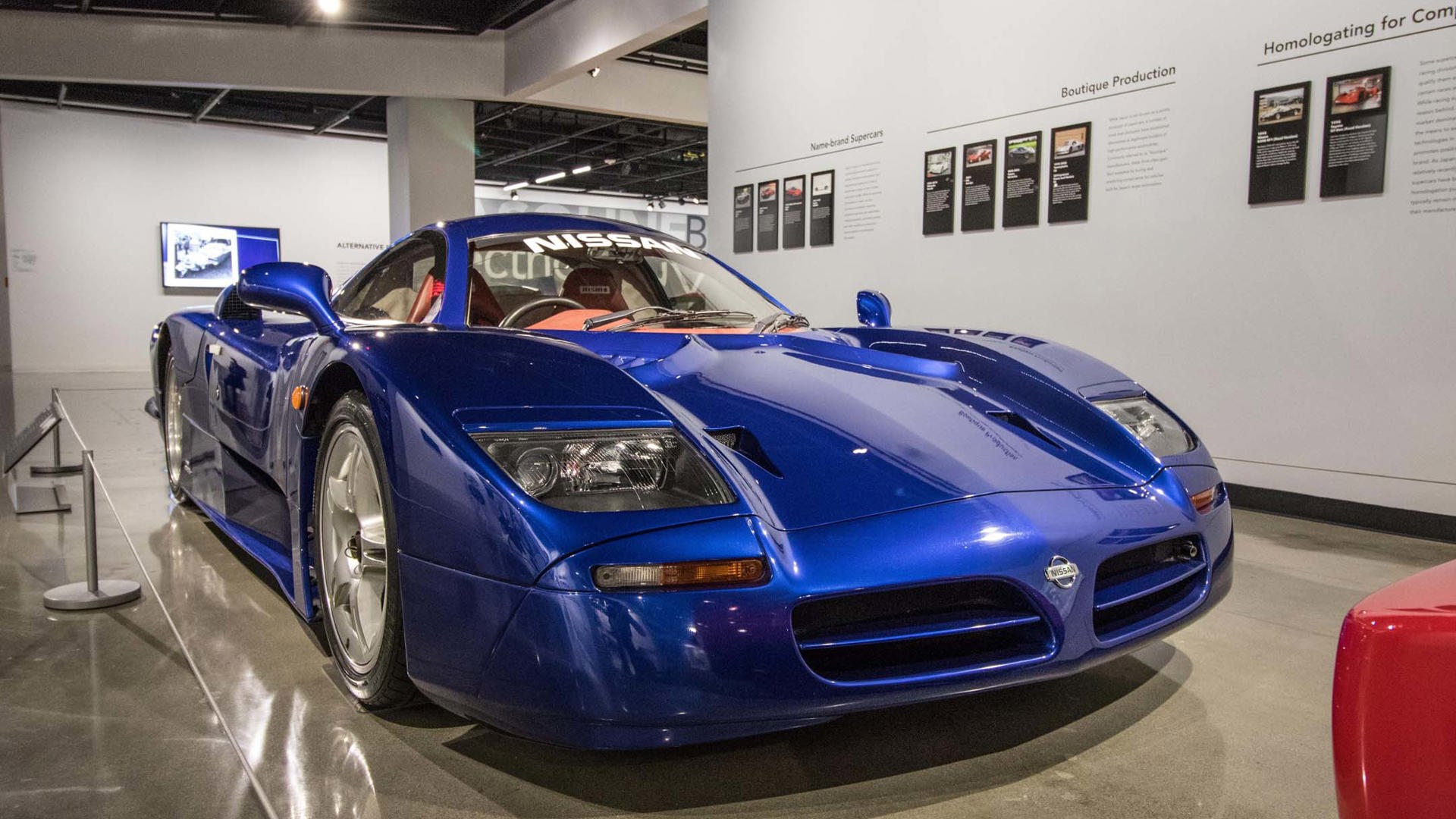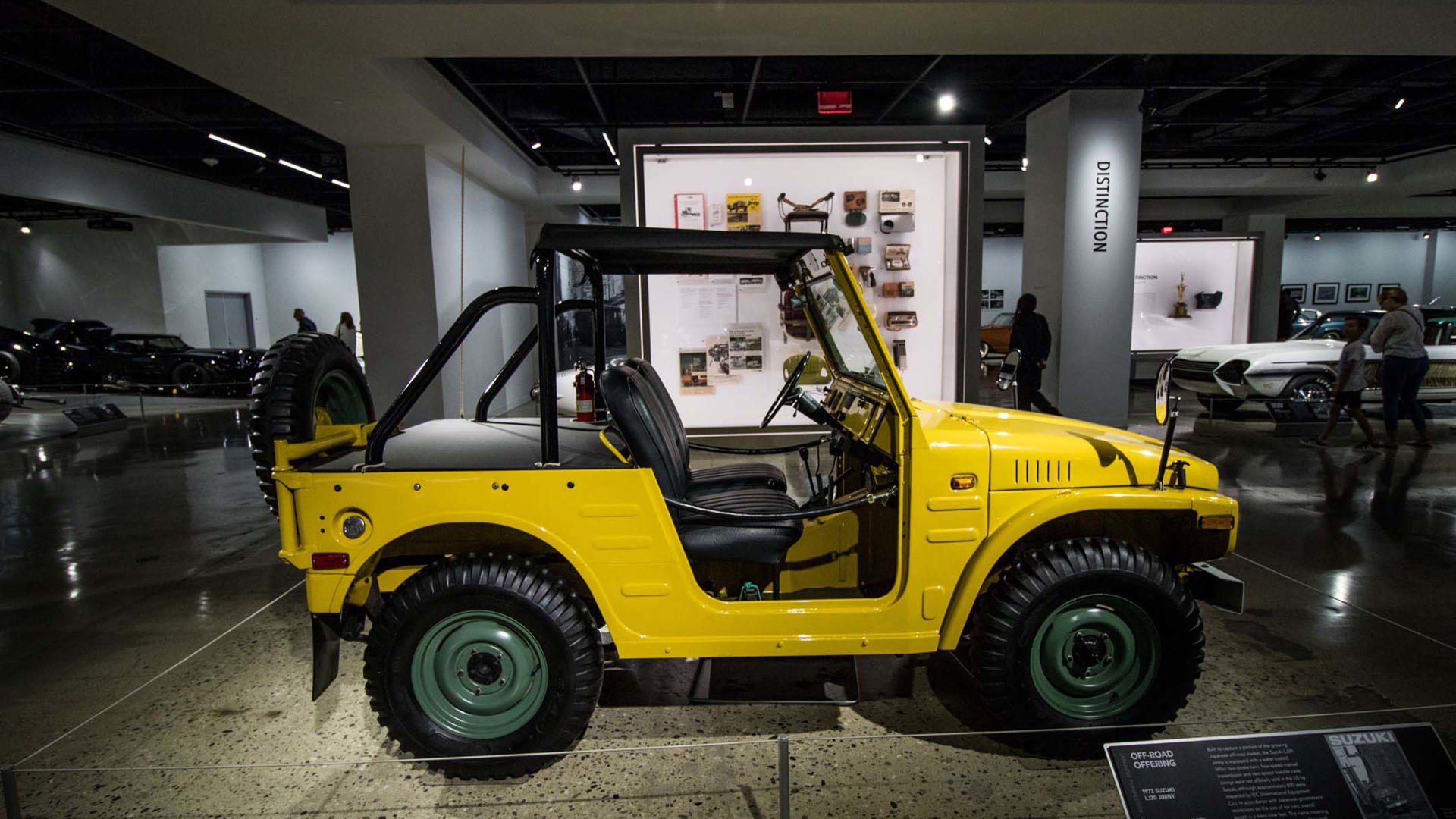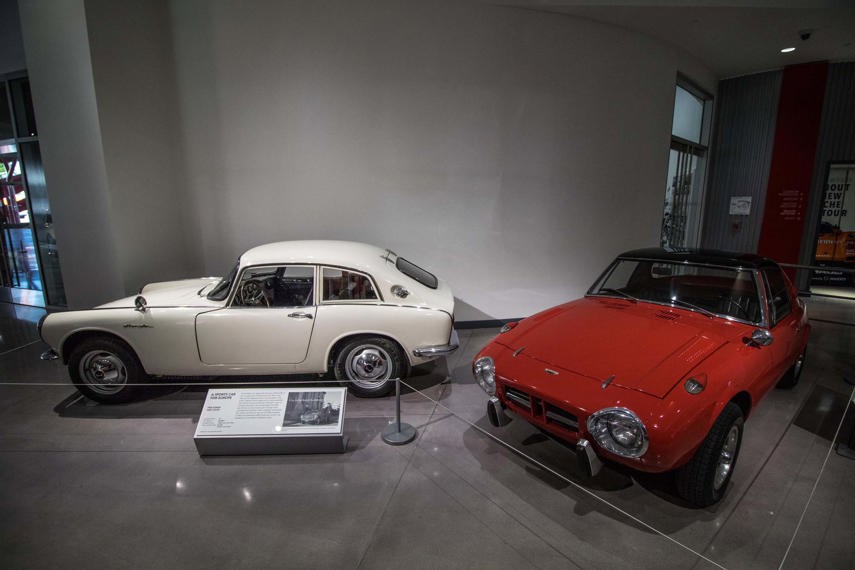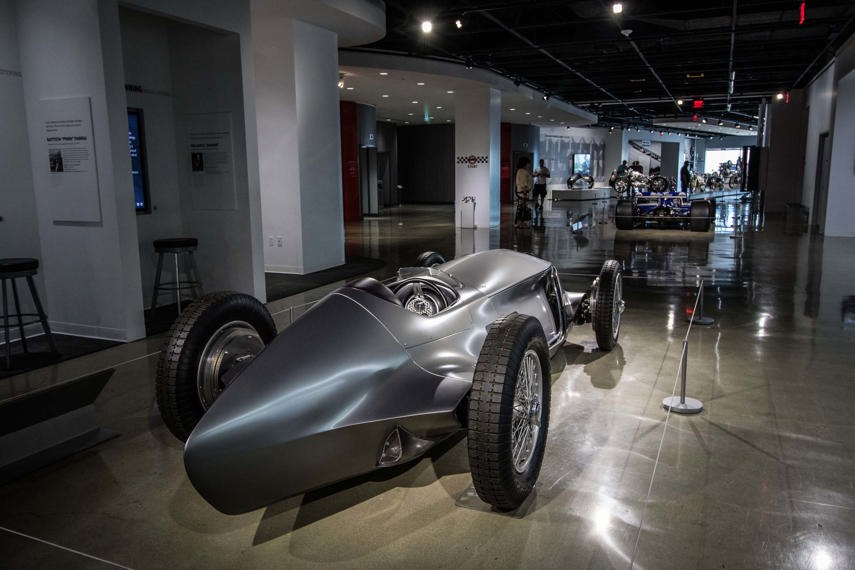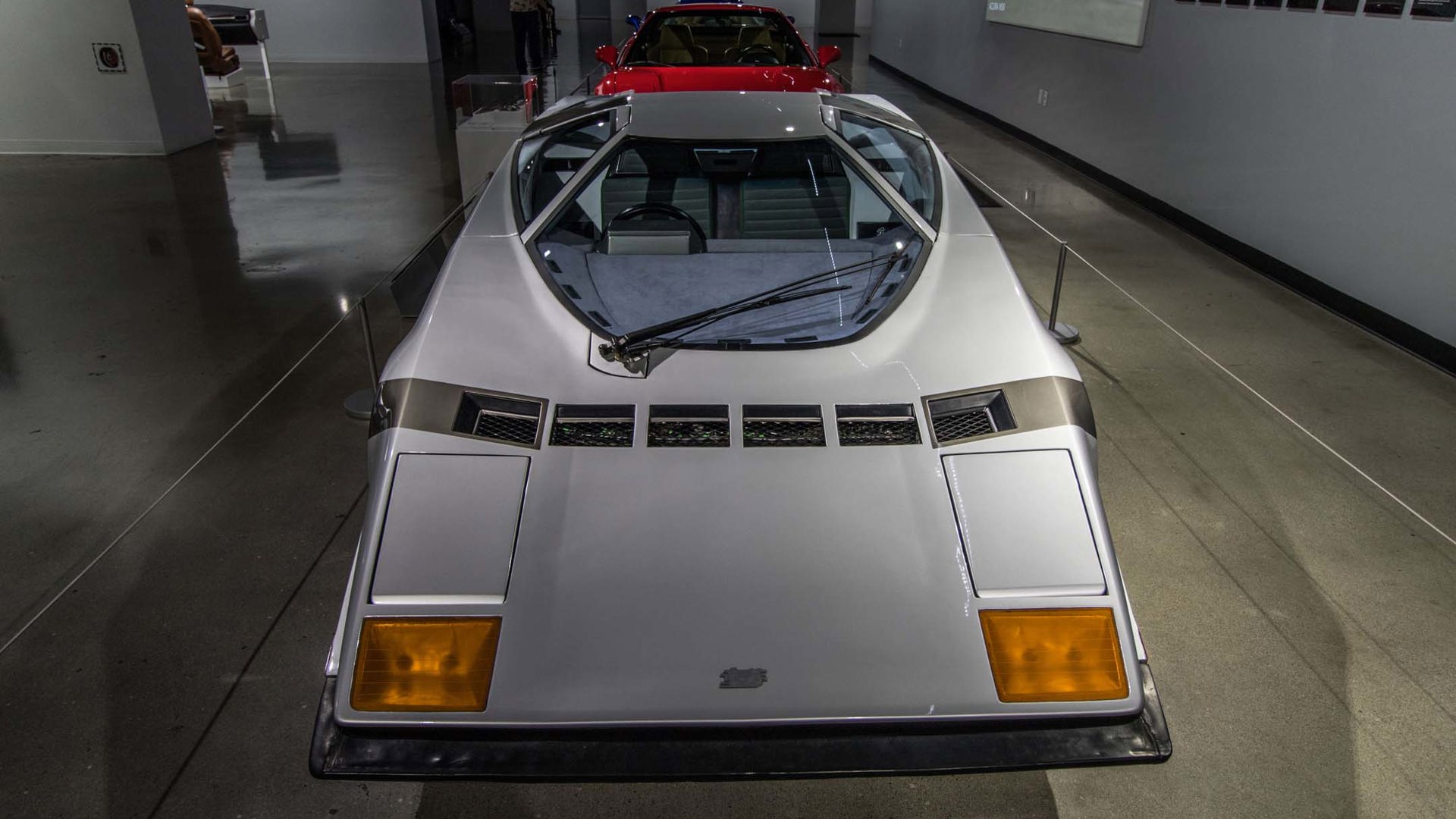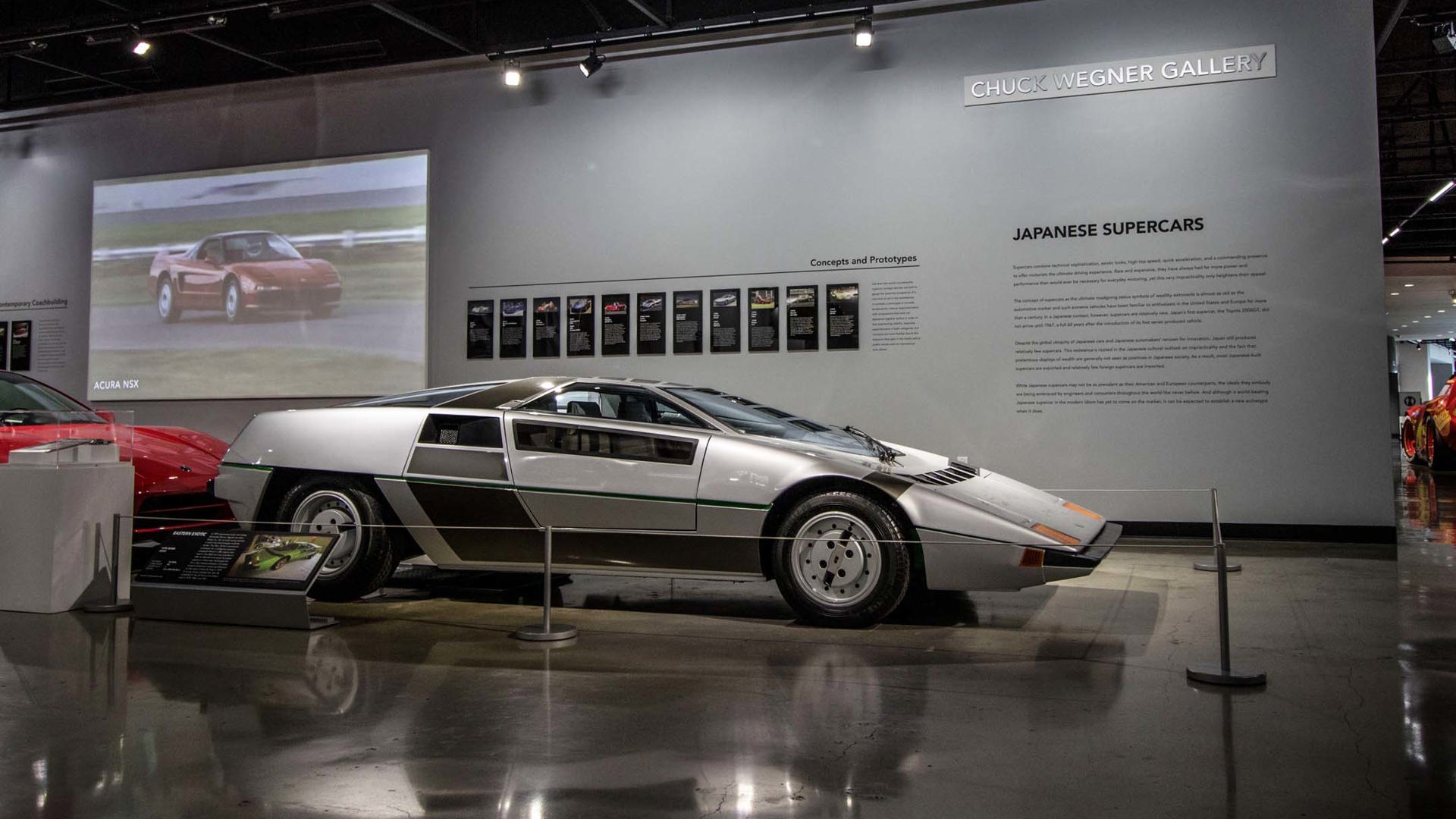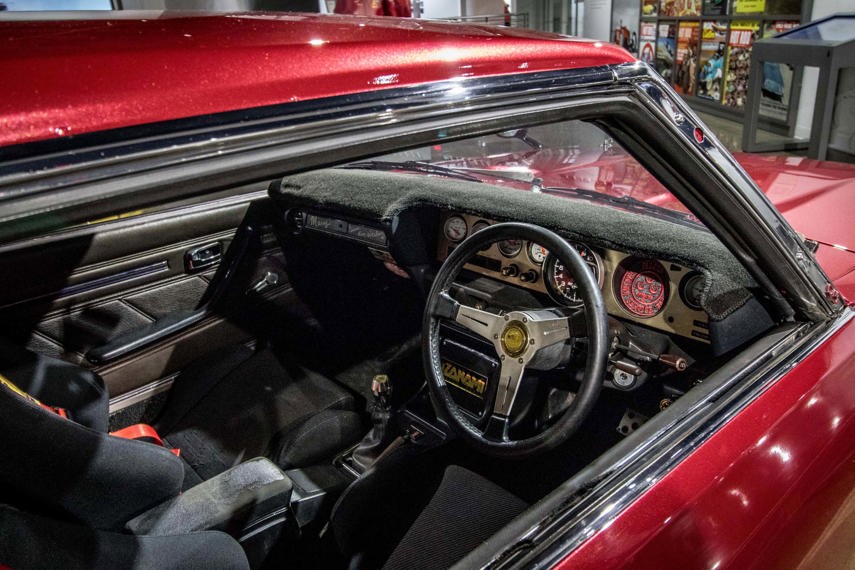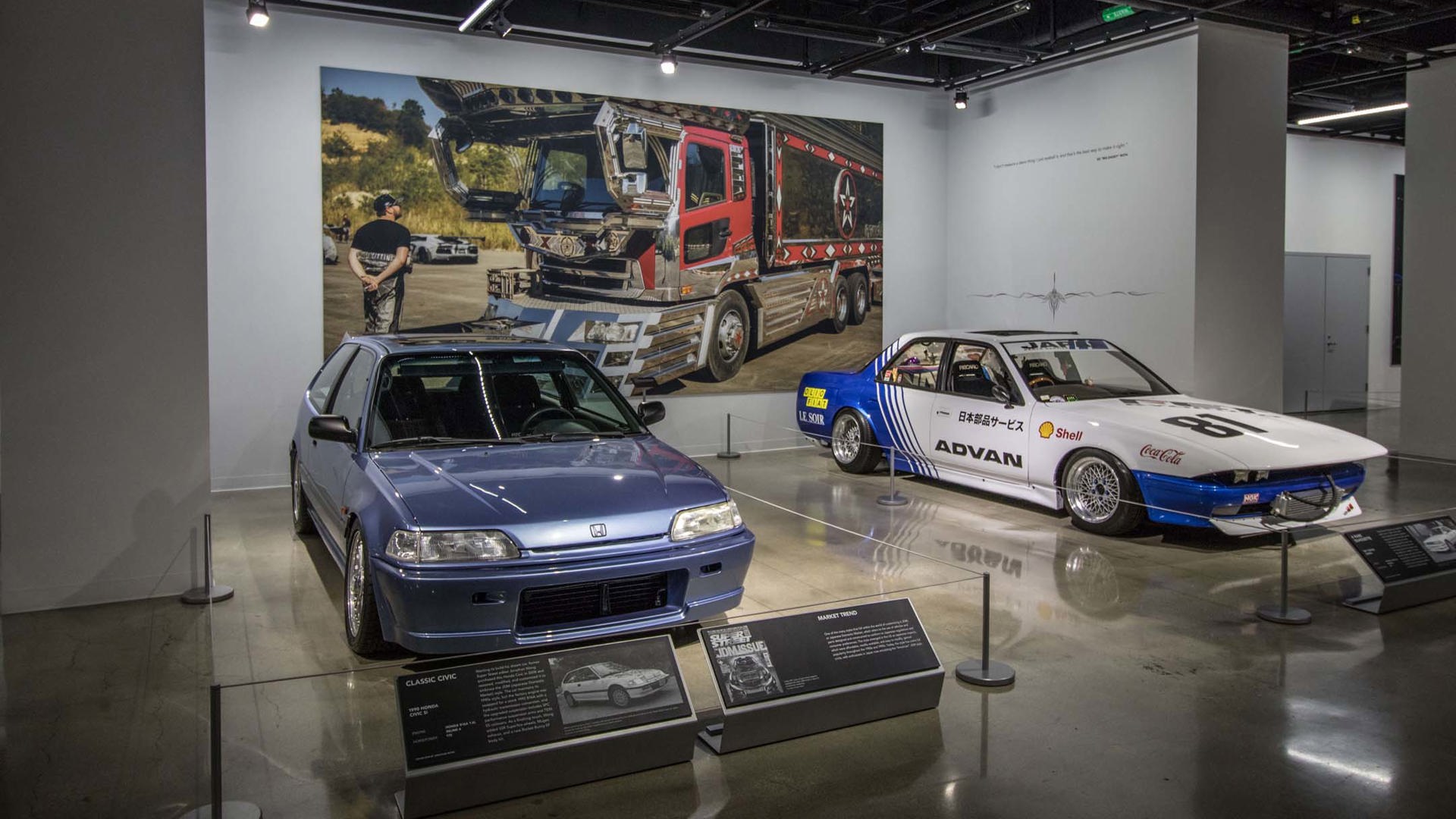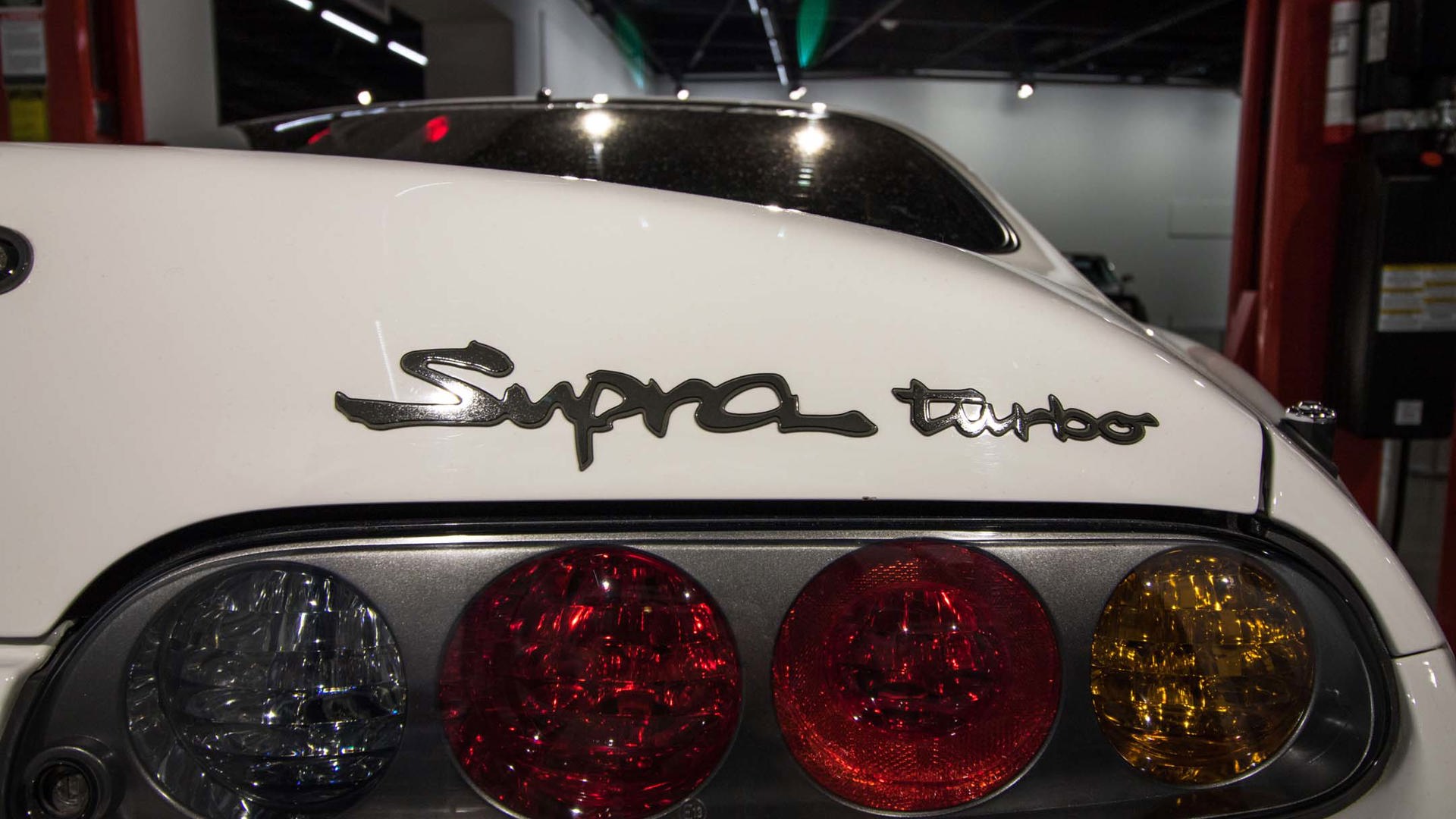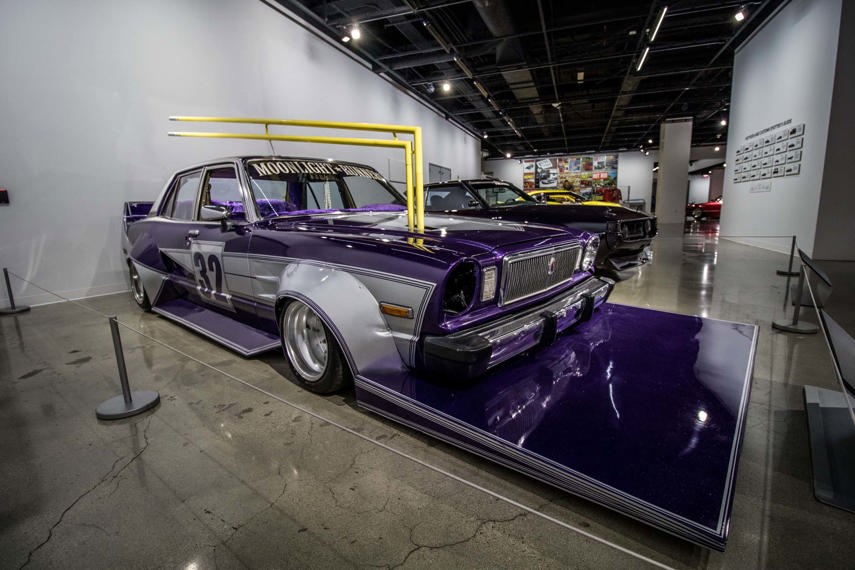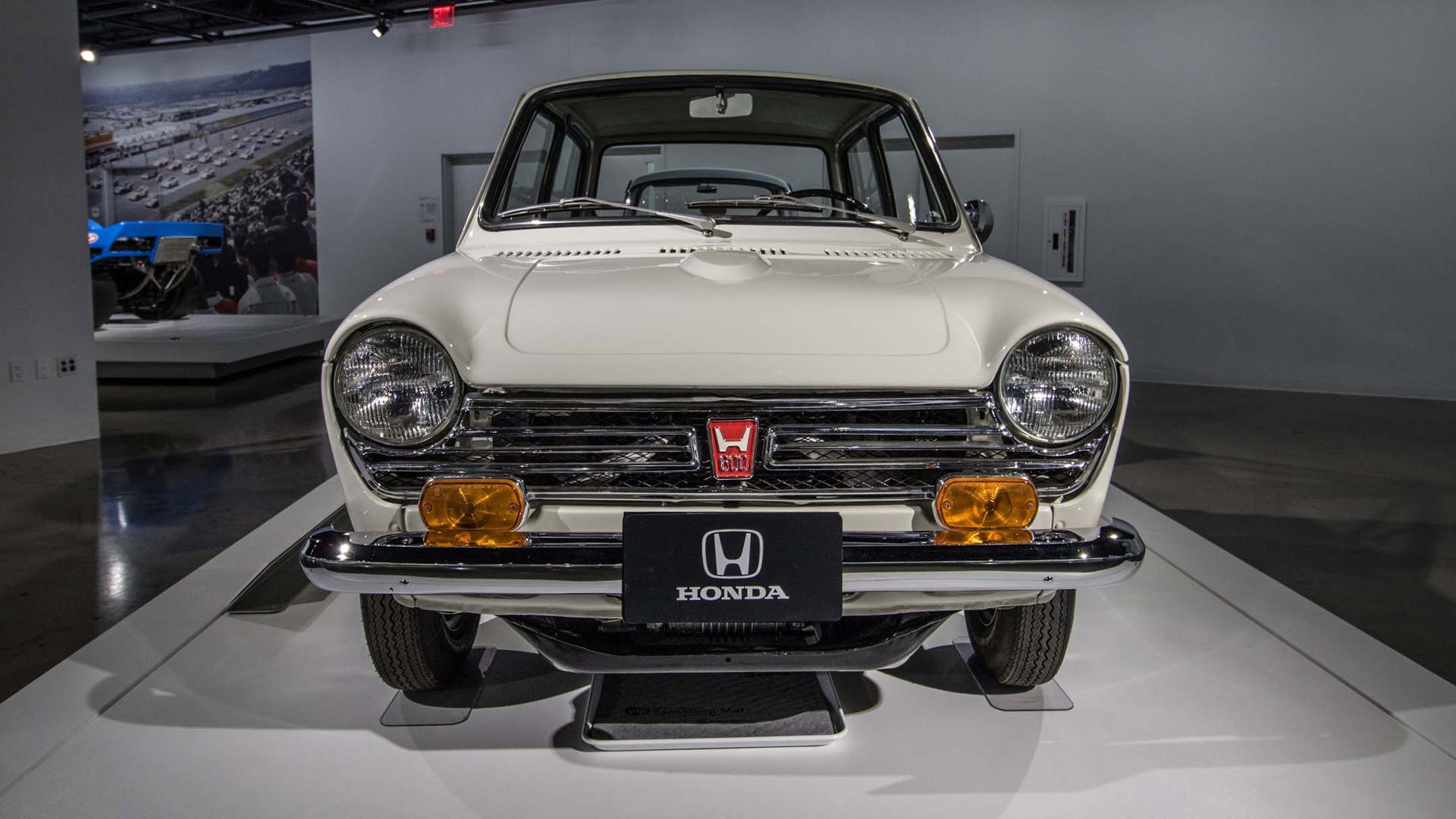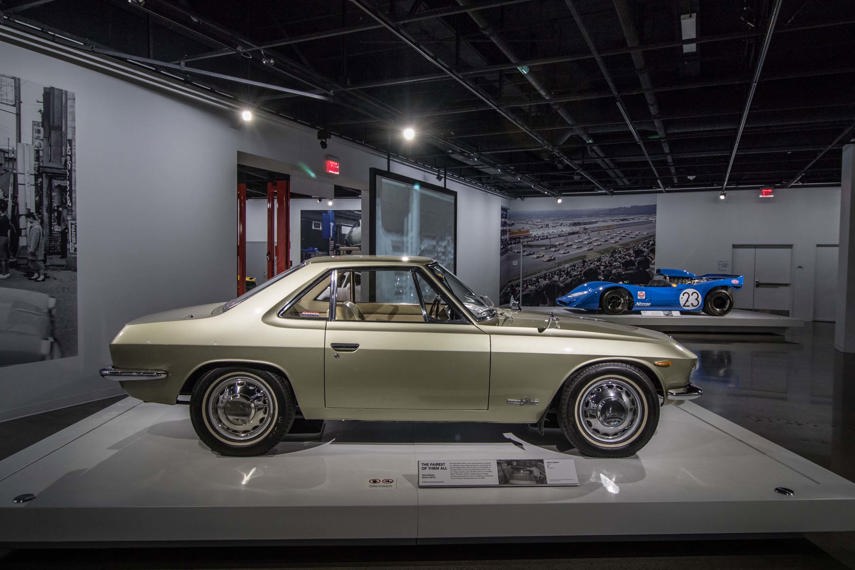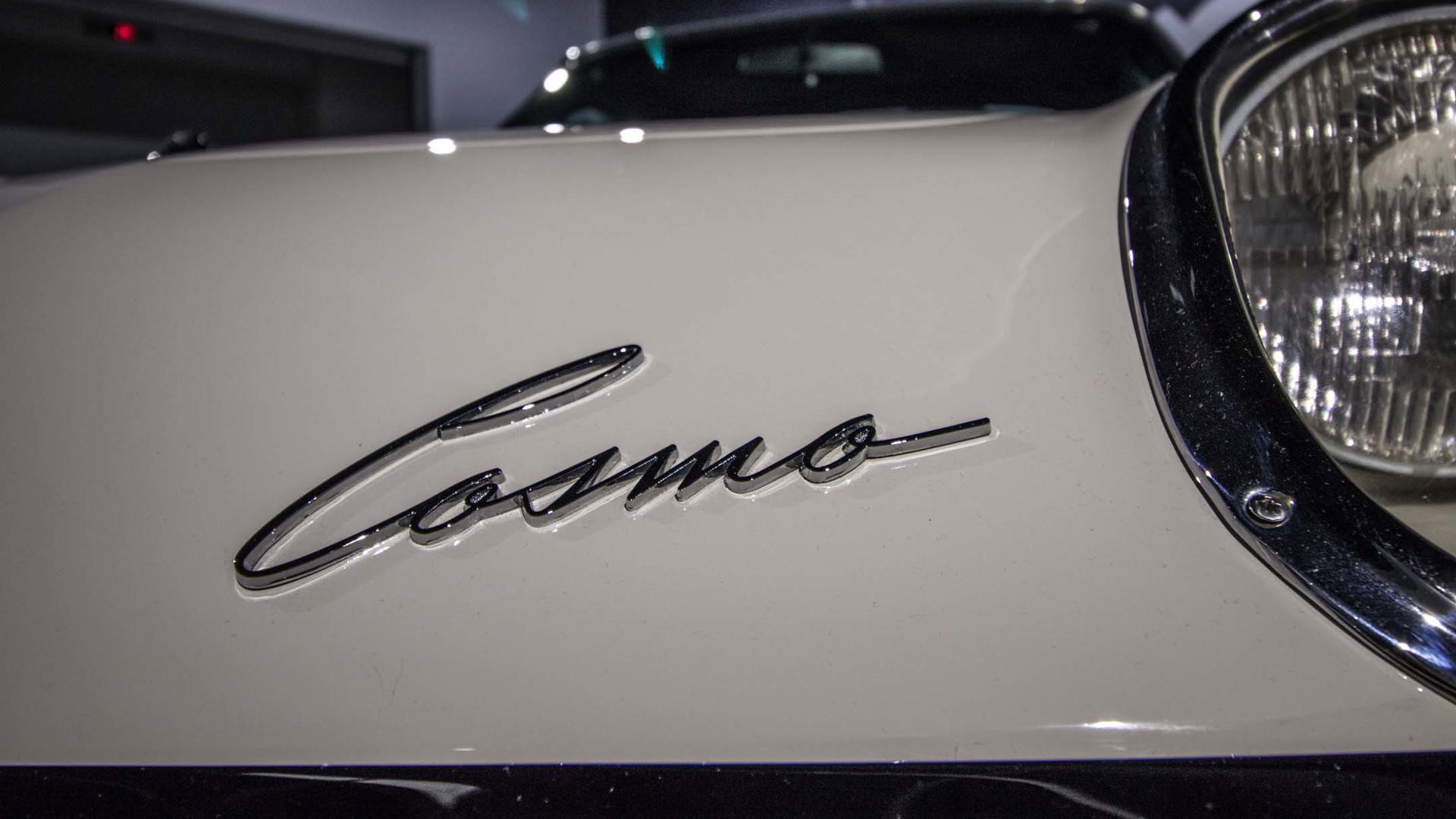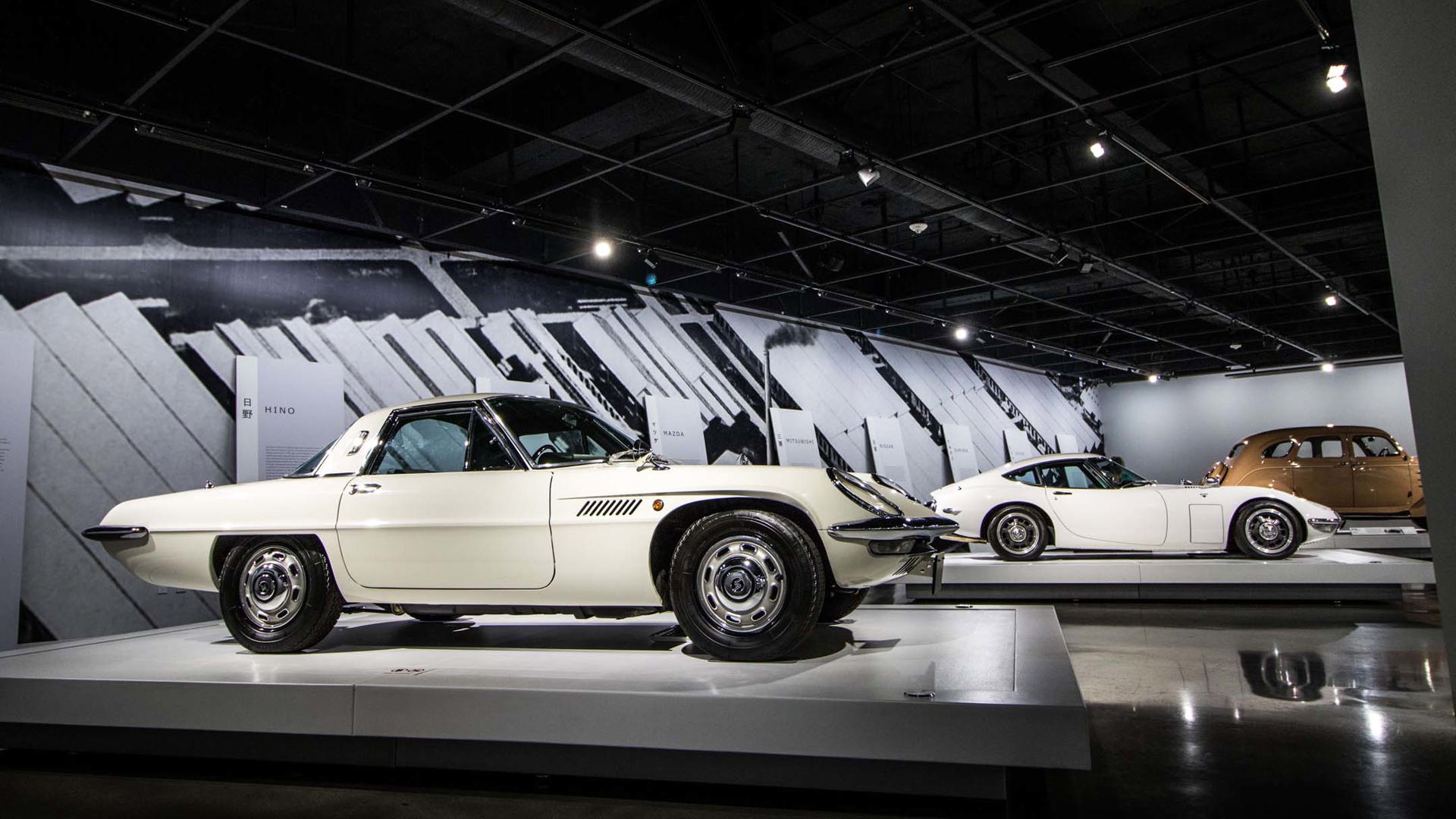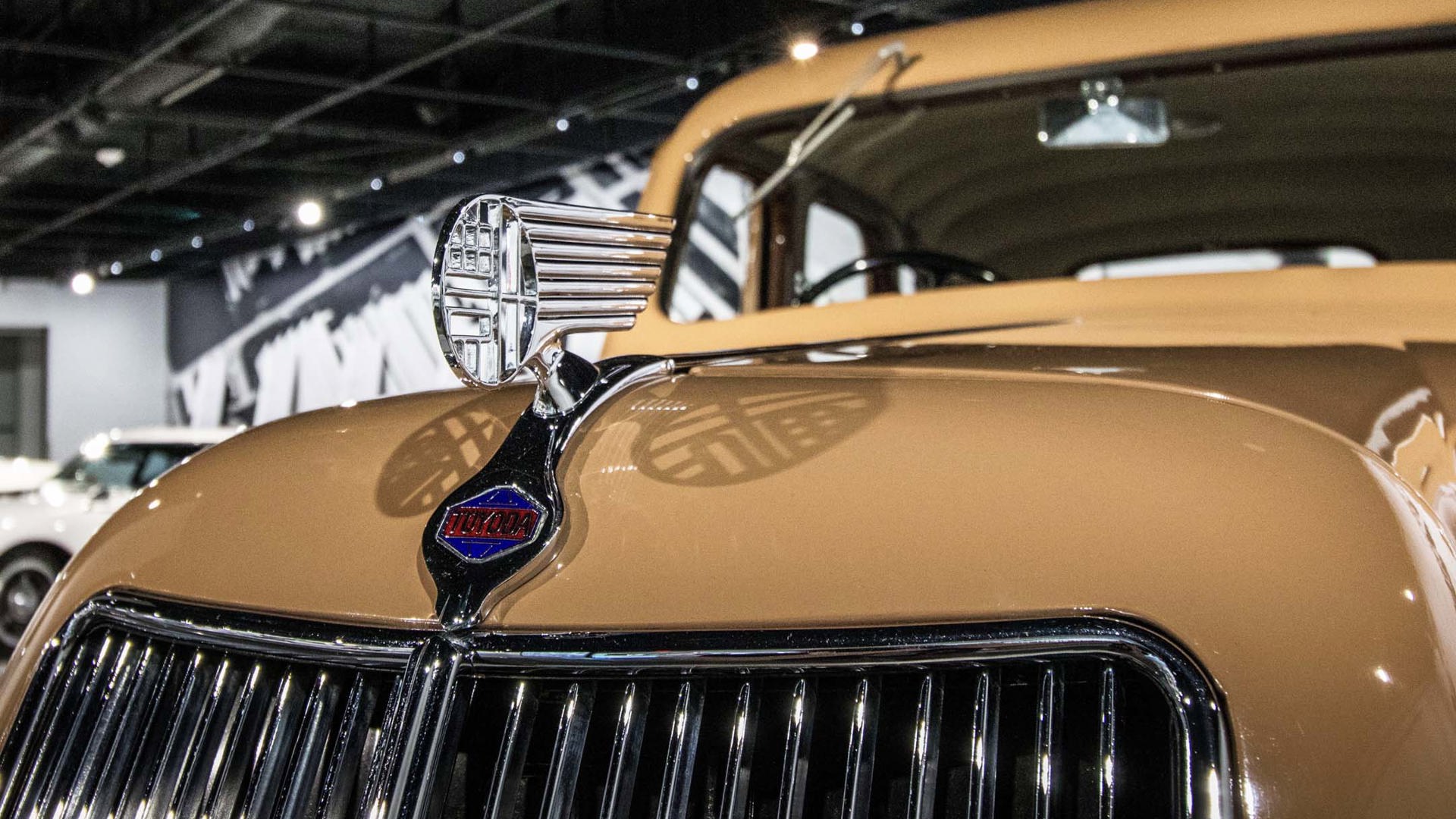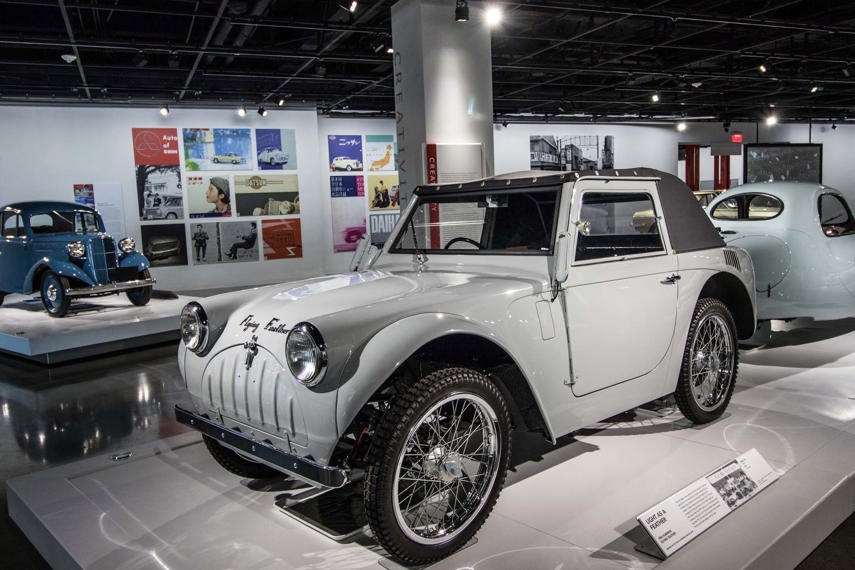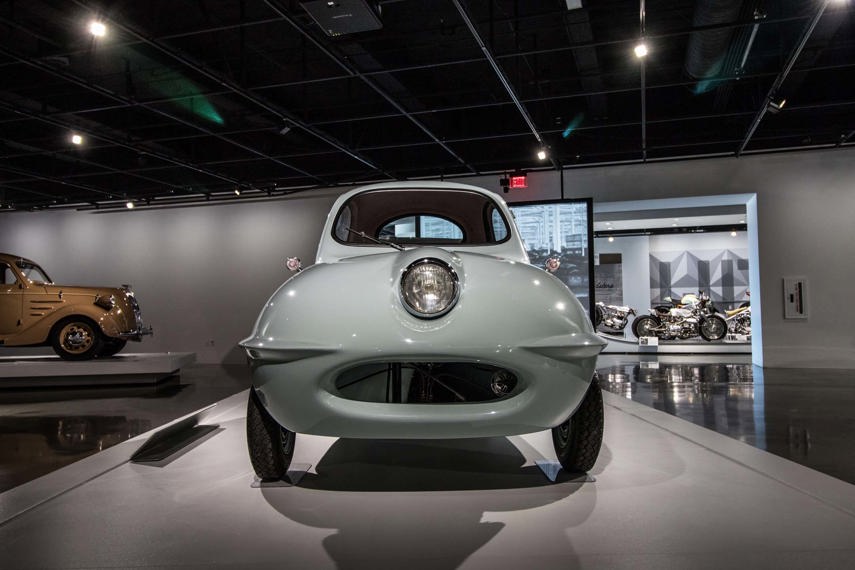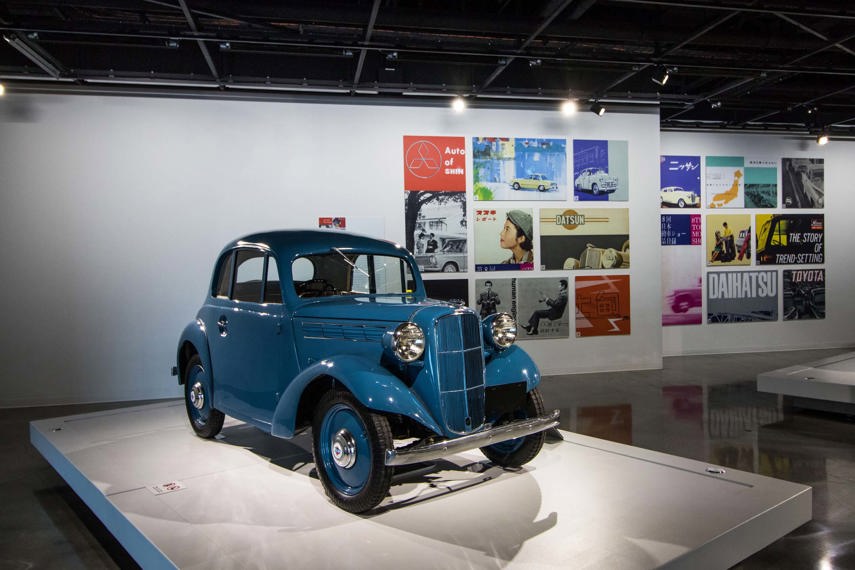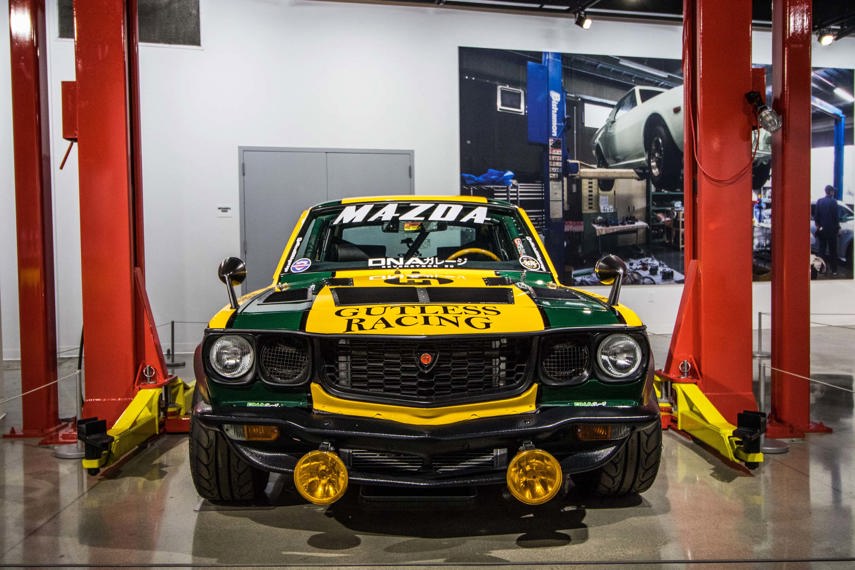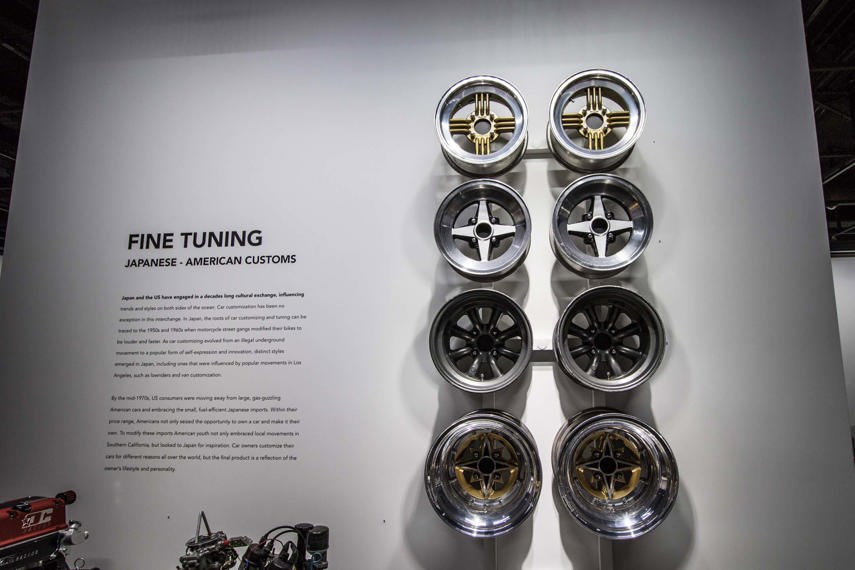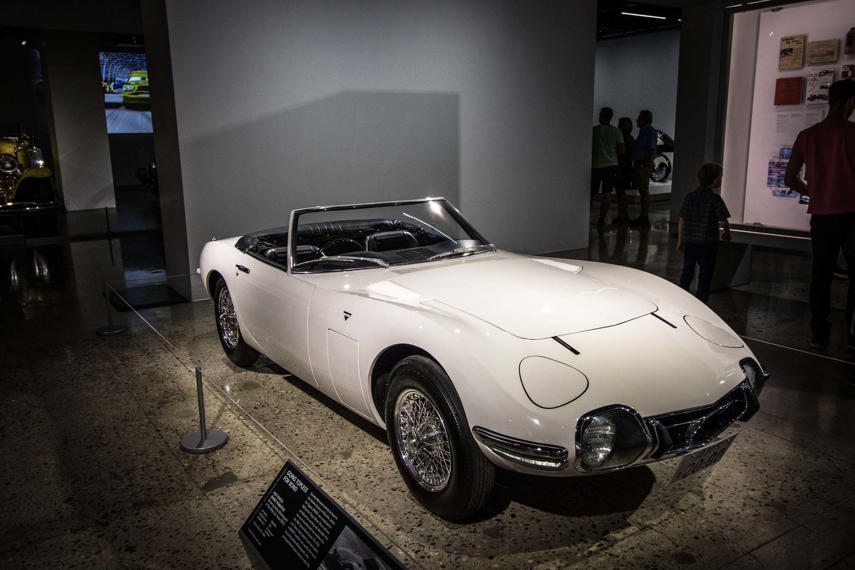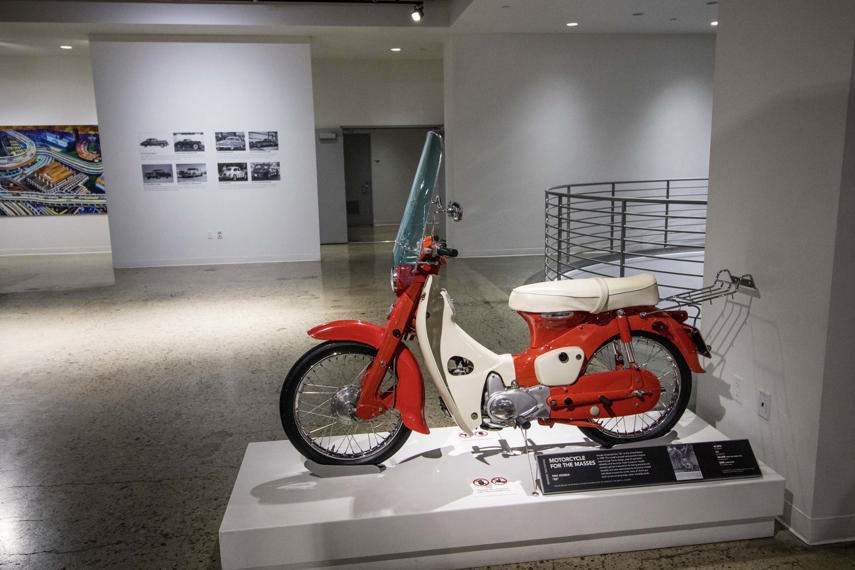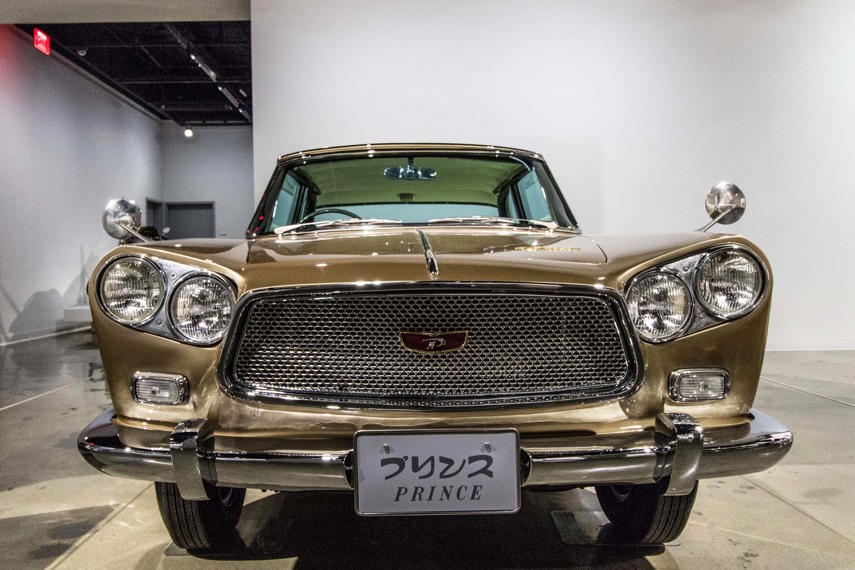Reopened in 2015 after extensive renovations totalling a staggering $125 million, The Petersen Automotive Museum boasts one of the finest collections of historic vehicles anywhere. Their underground Vault is crammed with rare beauties, and carefully curated exhibits spread out over three upper floors tell compelling stories.
To think all this rolling artwork is housed in what used to be a Japanese department store. How fitting then, that one of the Petersen’s main displays currently features a host of Japanese rarities, some never before seen in North America. Let’s take a closer look at some of the shimmering treasures of the land of the rising sun.
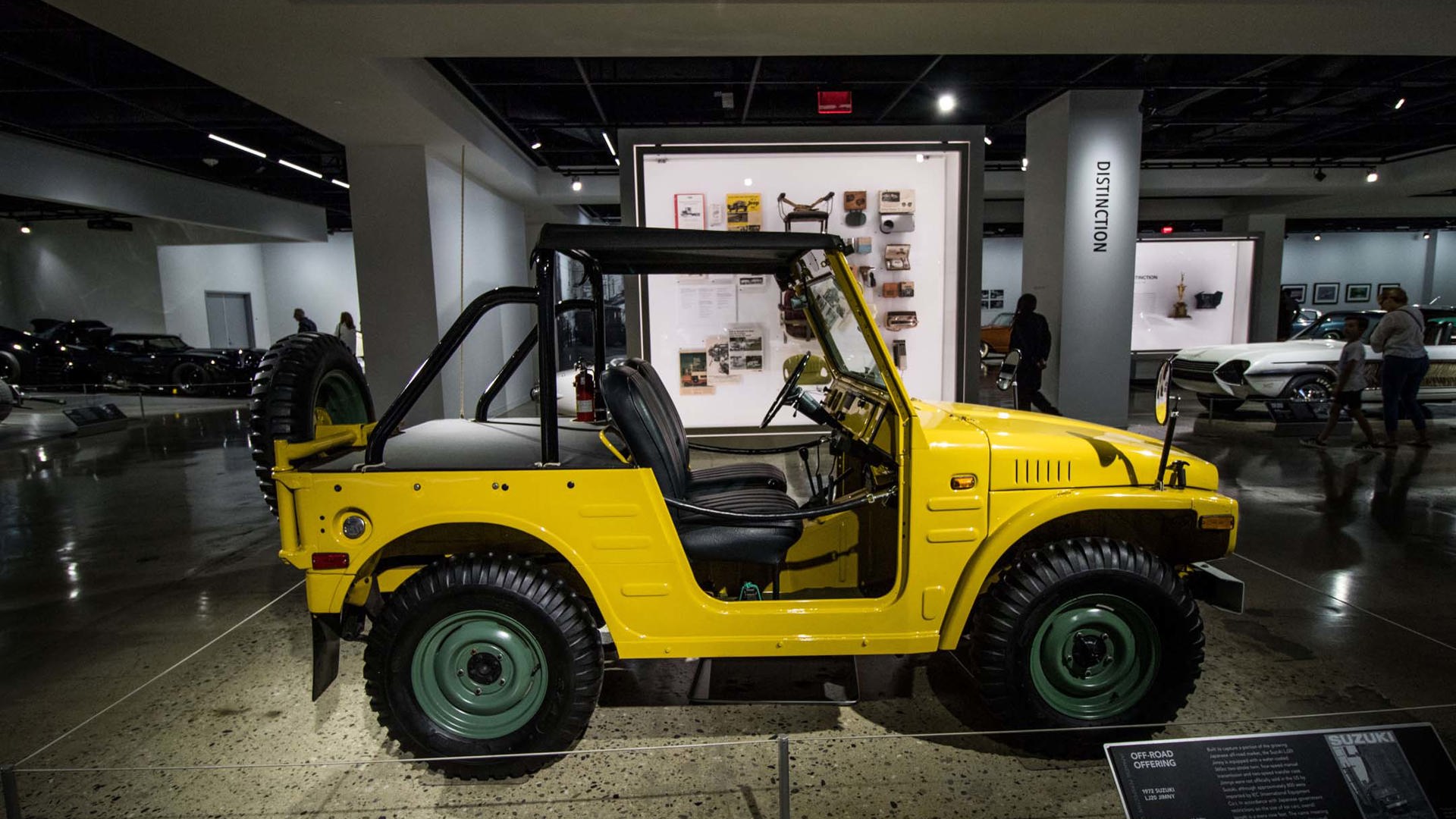
Jiminy Cricket! This diminutive, bright yellow off-roader was never officially sold in on this side of the Pacific, but it’s the kind of vehicle many Canadians miss. The old Suzuki Samurai was a tough and tiny little trucklet, and the fact that Suzuki doesn’t exist as a car brand in Canada anymore is a bit of a shame.
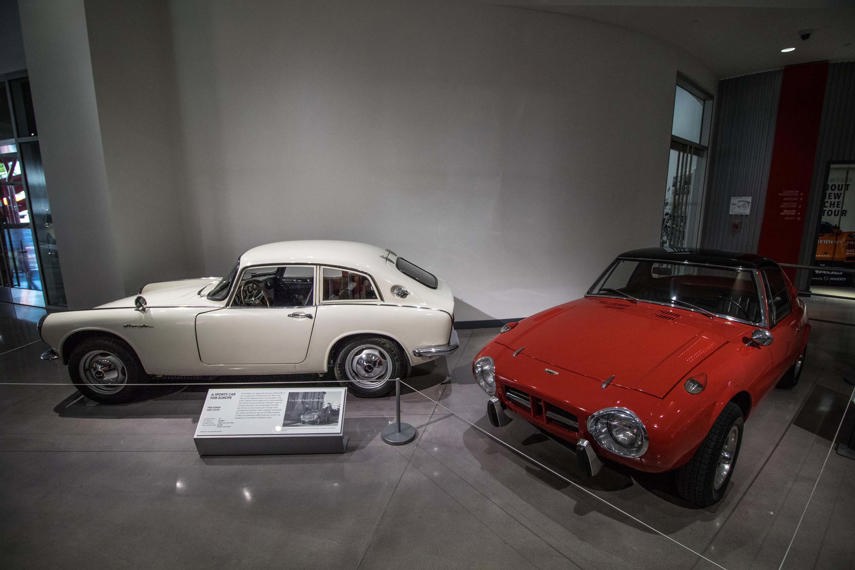
Canadians were among the first Westerners to sample one of these two cars. The Honda S600 on the left is of a type that arrived in Canada in the mid-1960s (Honda wouldn’t officially start in the US until 1970). On the right, the little Toyota Sports 800 was Toyota’s first proper sports car, and was also built in very small numbers for the left-hand-drive Okinawan market, as seen here.
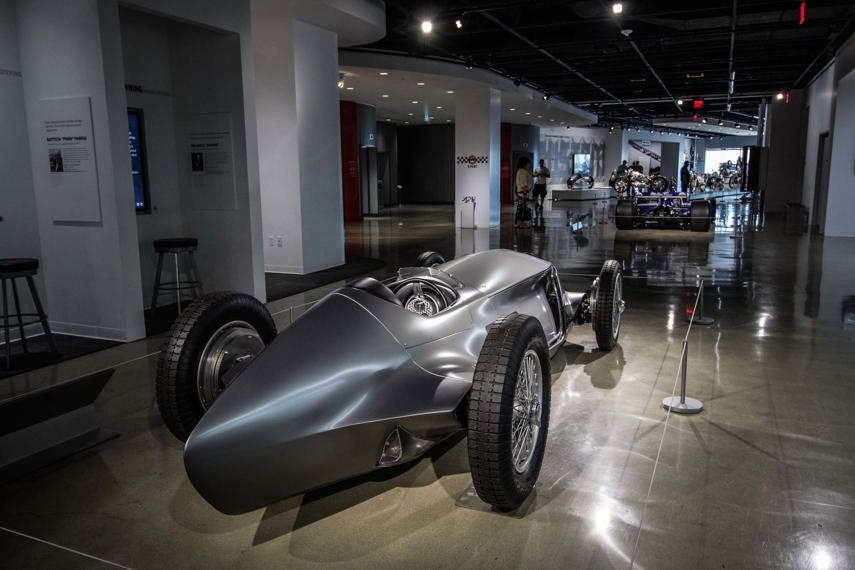
Modern or classic? The Infiniti Prototype 9 is a vision of a past that never was, with electric power sourced from the Leaf, and the styling of a 1930s racing machine.
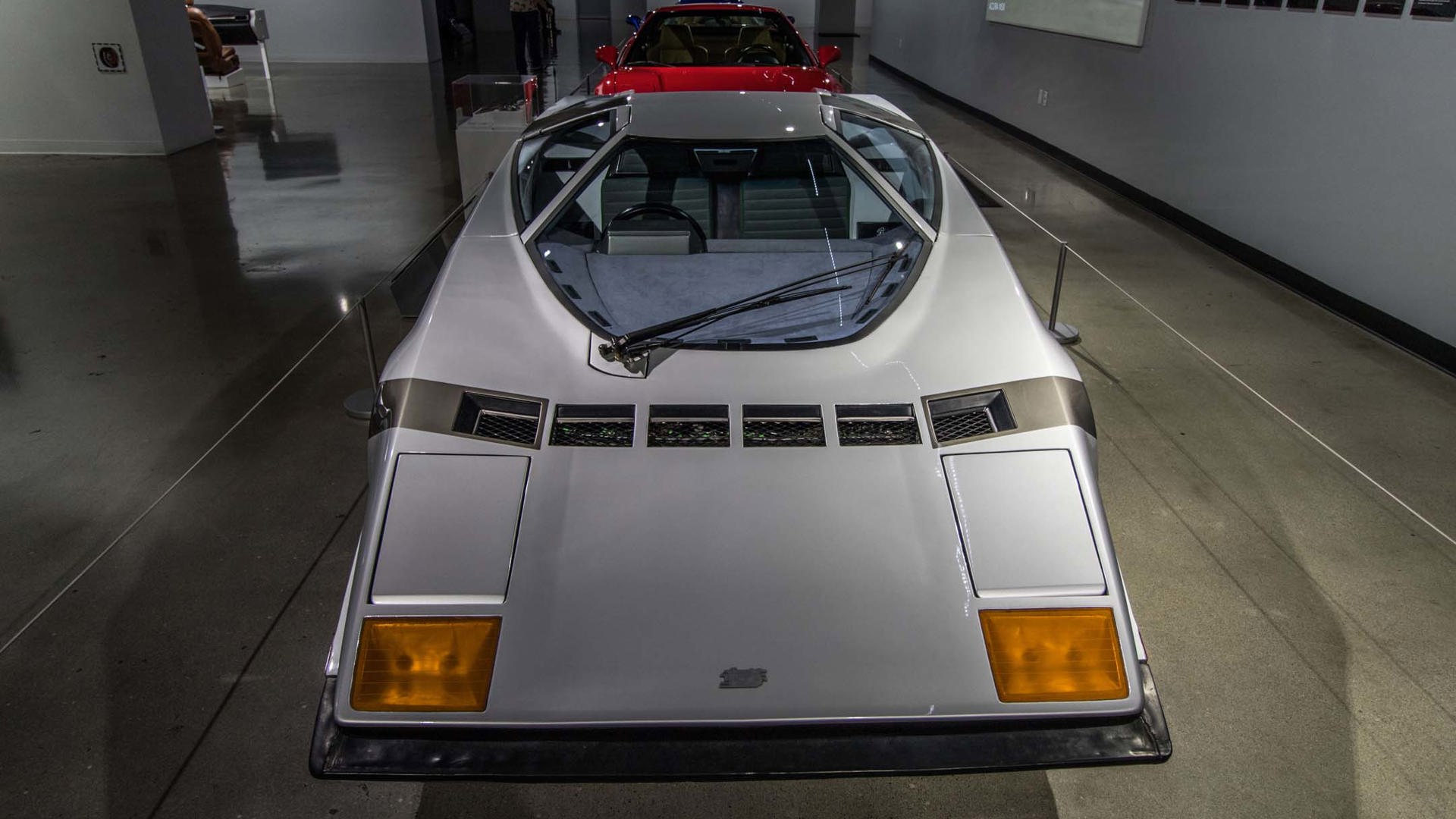
Another futuristic machine that never was, the Dome Zero is a wedge-shaped prototype built around the running gear of a Datsun 280Z.
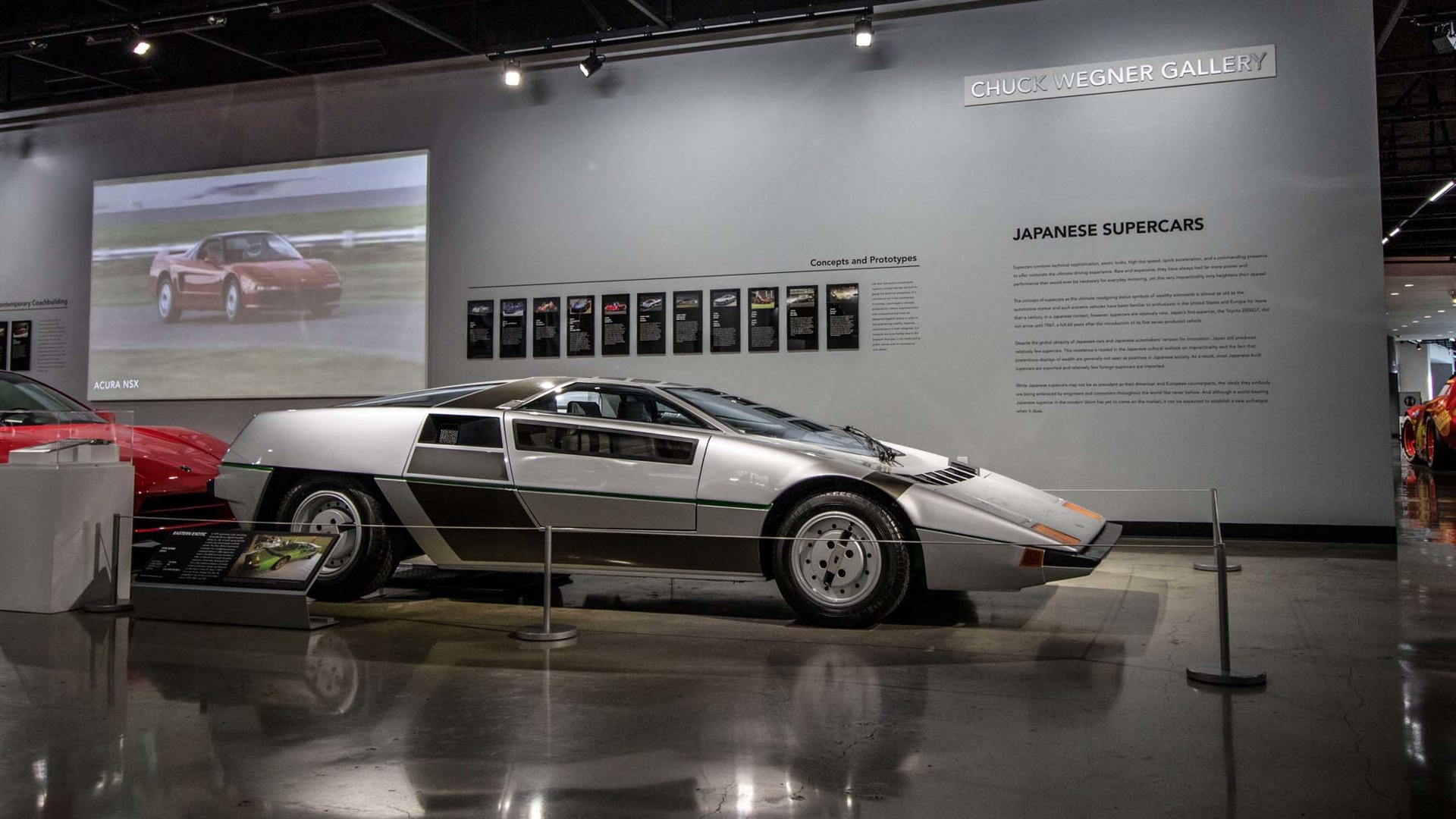
Resembling contemporary Italian designs like the Maserati Boomerang and the Lancia Stratos concept, the Zero very nearly made it into production form. Dome might not be a household name, but they did manufacturer several successful racing machines, and still exist today, competing in endurance and sportscar racing.
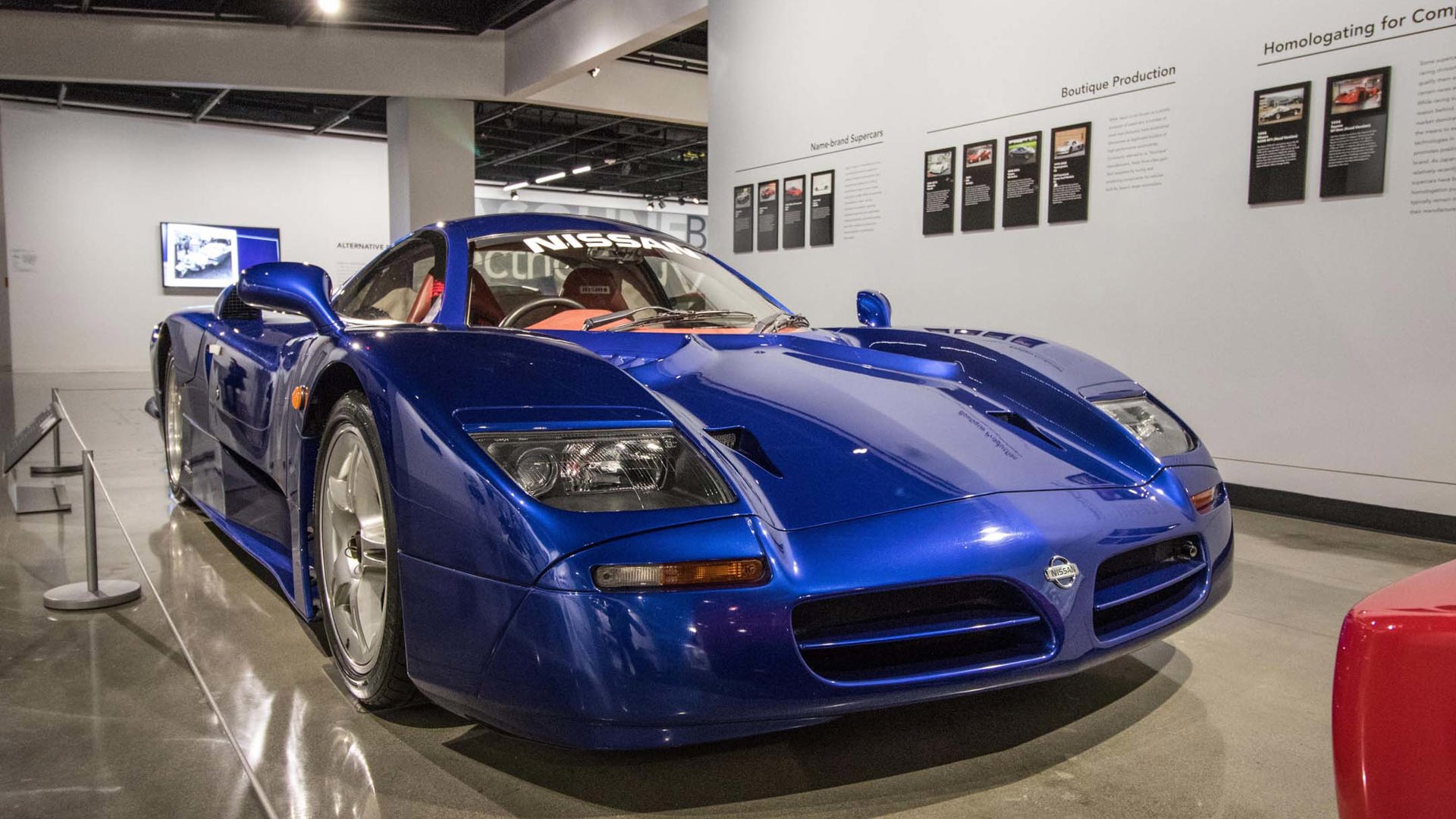
Here’s a Japanese supercar that did exist, although only to satisfy homologation rules. Perfectly street legal, the Nissan R390 GT1 was built as a road-going version of a mid-engine racing machine meant to take on Porsche and Toyota at Le Mans.
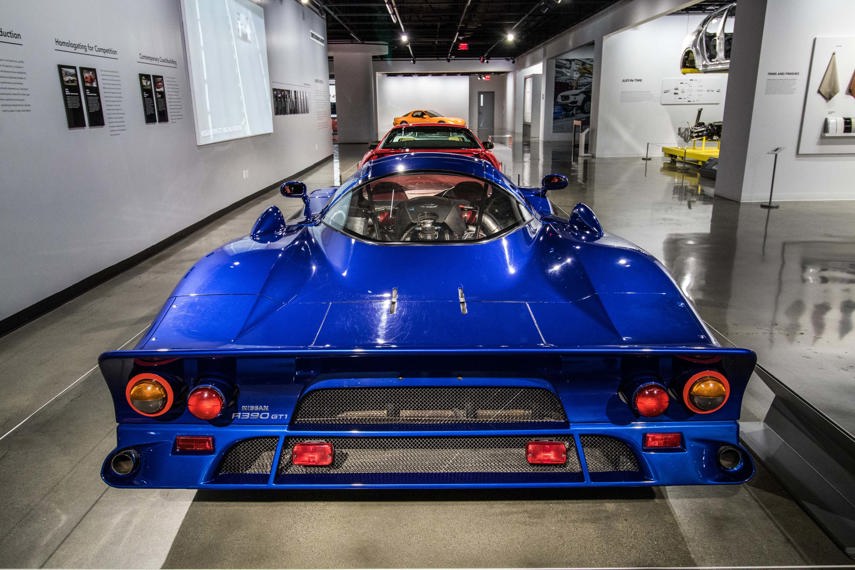
Only one streetable version was ever made, but the R390’s specifications are world-beating even now. Capable of hitting above 355 km/h, its twin-turbocharged V8 engine produces around 550 hp. Carbon-fibre construction means the power has only a little over 1,000 kg to move.
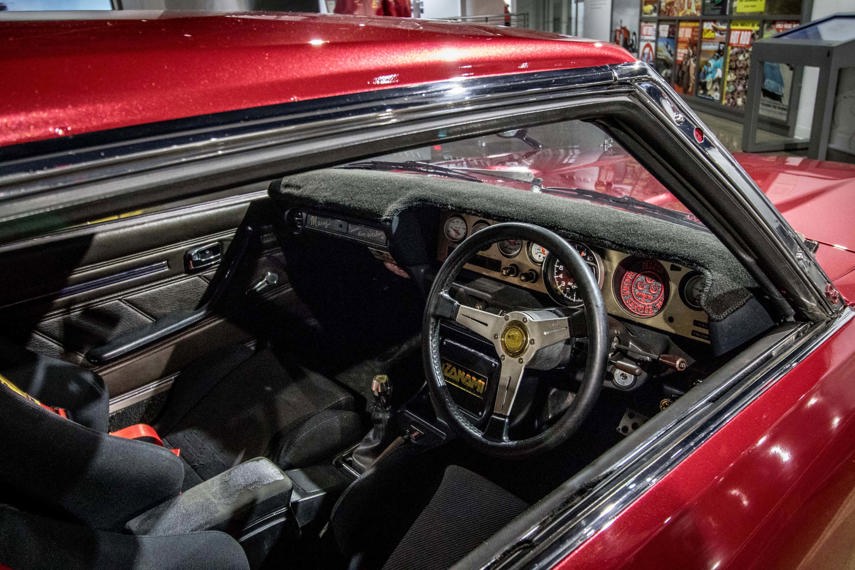
The wild street-style Nissan theme continues here with this 1970s Skyline GT, better known as a “Kenmeri” for a series of advertisements featuring a couple called Ken and Mary. While other countries favour period-correct preservation, Japanese car culture is all about modification.
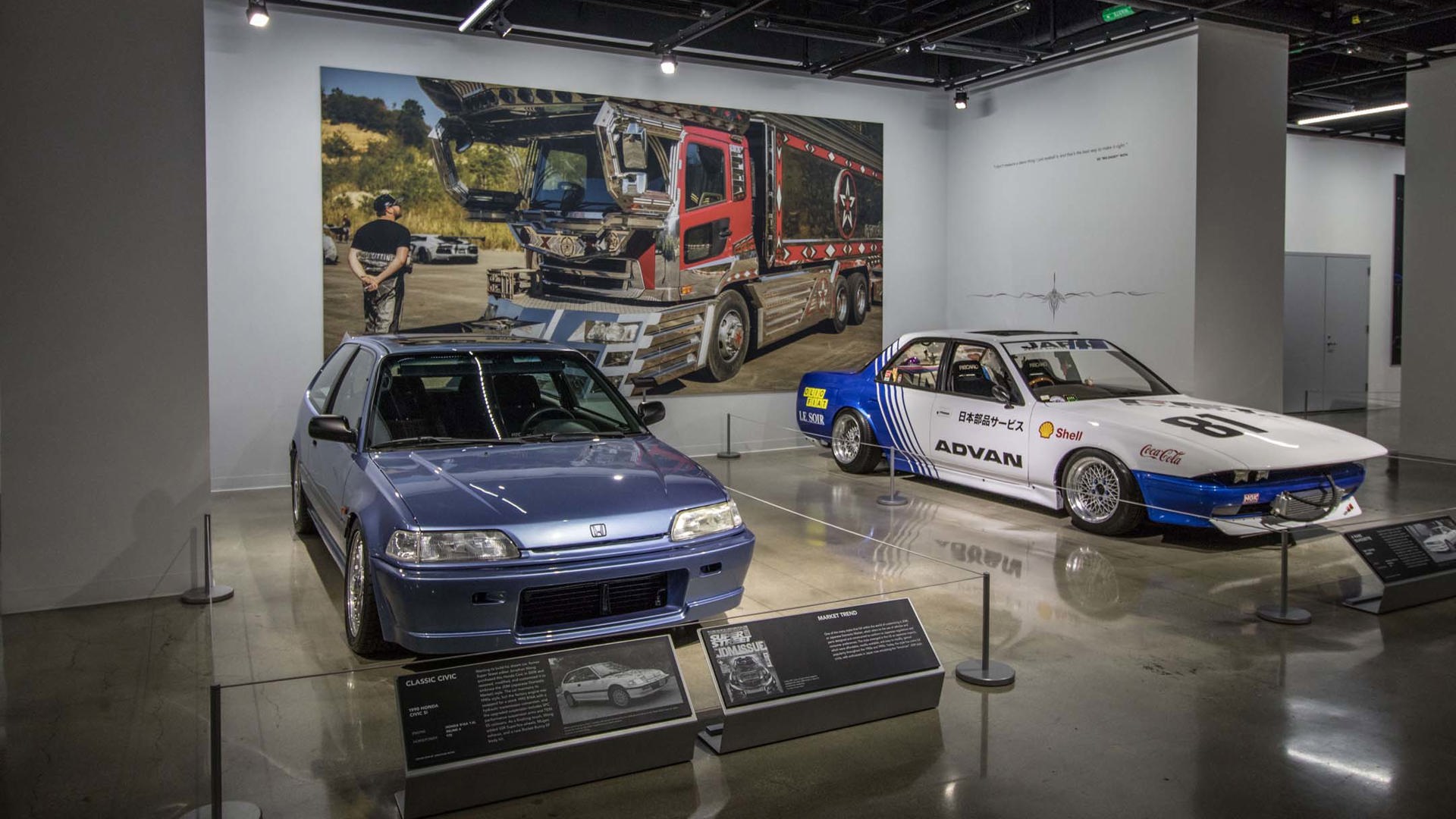
This pair of tuned machines features both a clean look (for the Honda Civic on the left), and the racing-inspired shark-nosed Toyota Cresta on the right. The latter is a Kaidō racer, meant to emulate the crazy aerodynamics of the Super Silhouette racing cars of the 1980s. In the background, there’s a bonus Dekotora-style heavy truck.
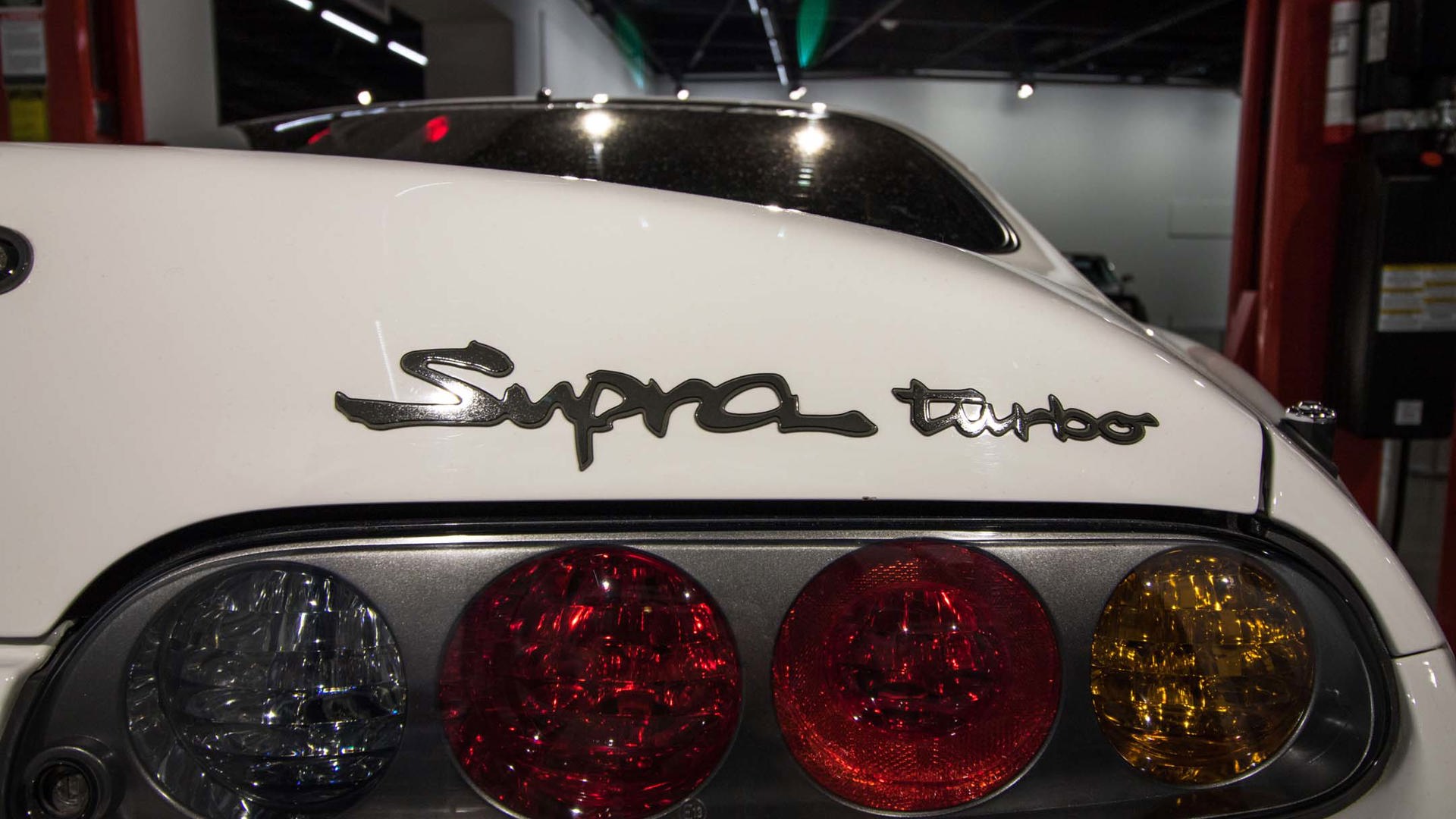
The king of Japanese performance needs little introduction. Of all the modern high-performance Japanese cars of the 1990s, the Mk IV Toyota Supra is the most valuable, praised for its ability to handle huge levels of boost.
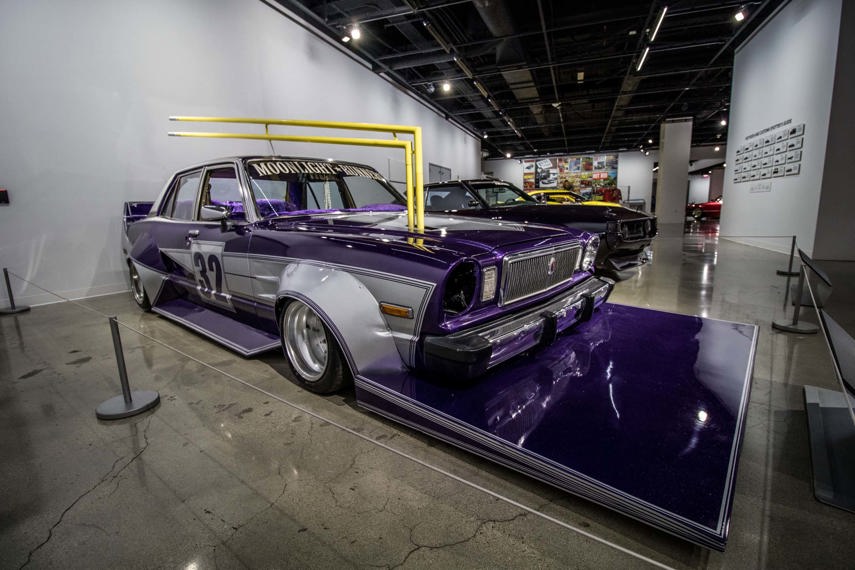
Nothing is nuttier than a bōsōzoku machine, the wacky modified machines that push the boundaries of what’s physical possible. The style traces its roots back to outlaw Japanese motorcycle culture of the 1950s.
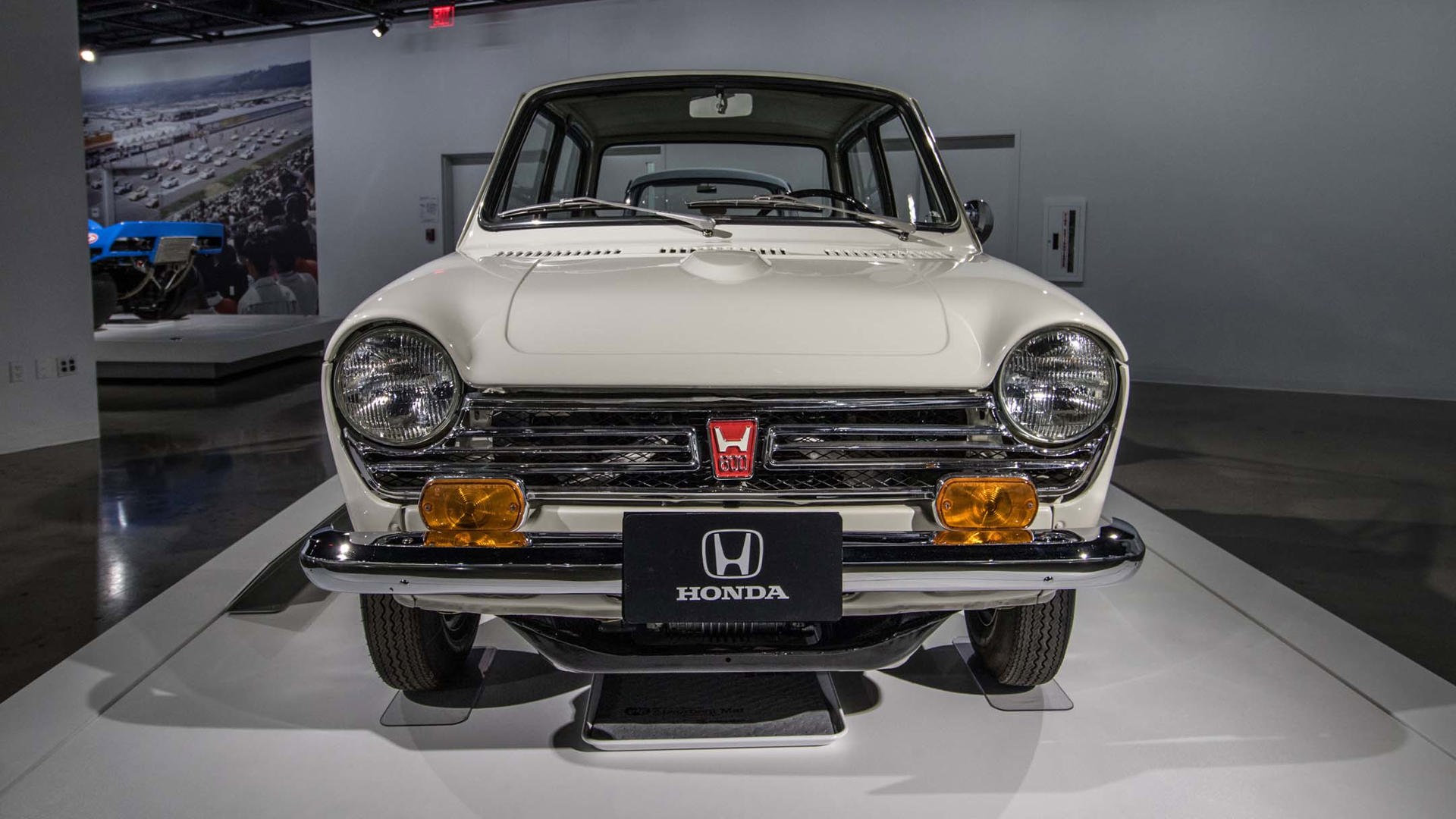
A happy little Honda, this N600 is much like the first Hondas to make an appearance in the US market. It’d take the introduction of the Civic to see real success, but these earlier cars are light and lively to drive.
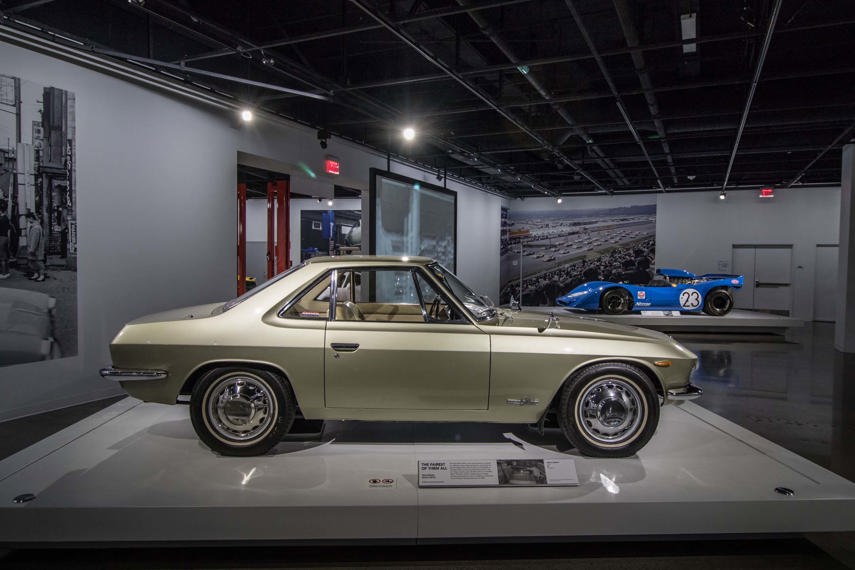
Styled by the same designer that penned the gorgeous BMW 507, this Nissan Silvia shows just how quickly Japanese cars moved from quirky practicality to genuine beauty.

One of the two most-collectible Japanese sports cars ever made, this Mazda Cosmo was Mazda’s first rotary-powered machine. The technology ended up saving the company, and let to a huge fan following for the rotary engine.
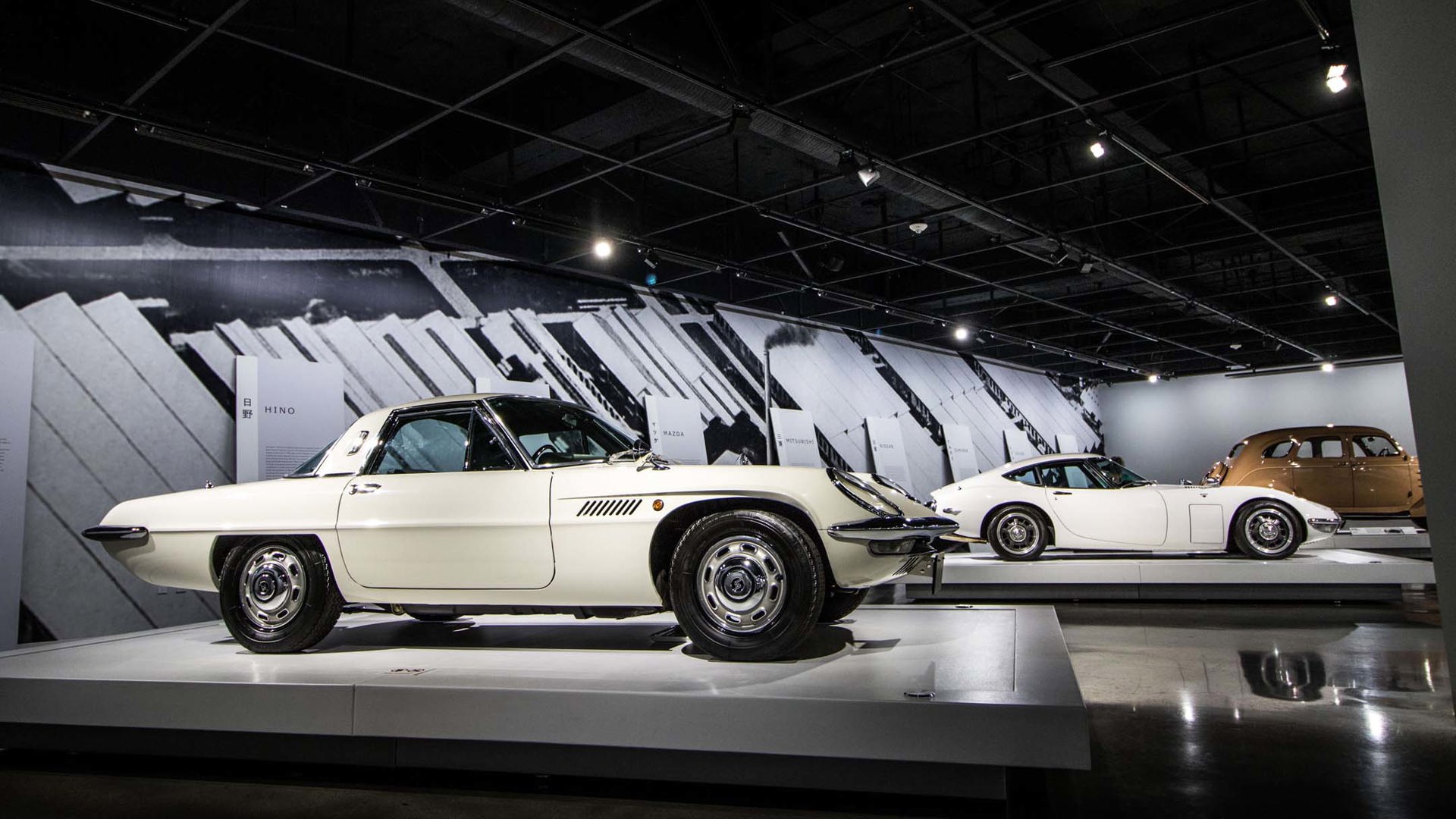
Together, this pair of 1967 beauties showed the world that Japan could compete on an even footing with the European marques. In the foreground, the Cosmo showed Mazda’s breakthrough rotary engineering. In the background, the Toyota 2000GT was beautiful enough to rival the Jaguar E-Type for pure desirablity.
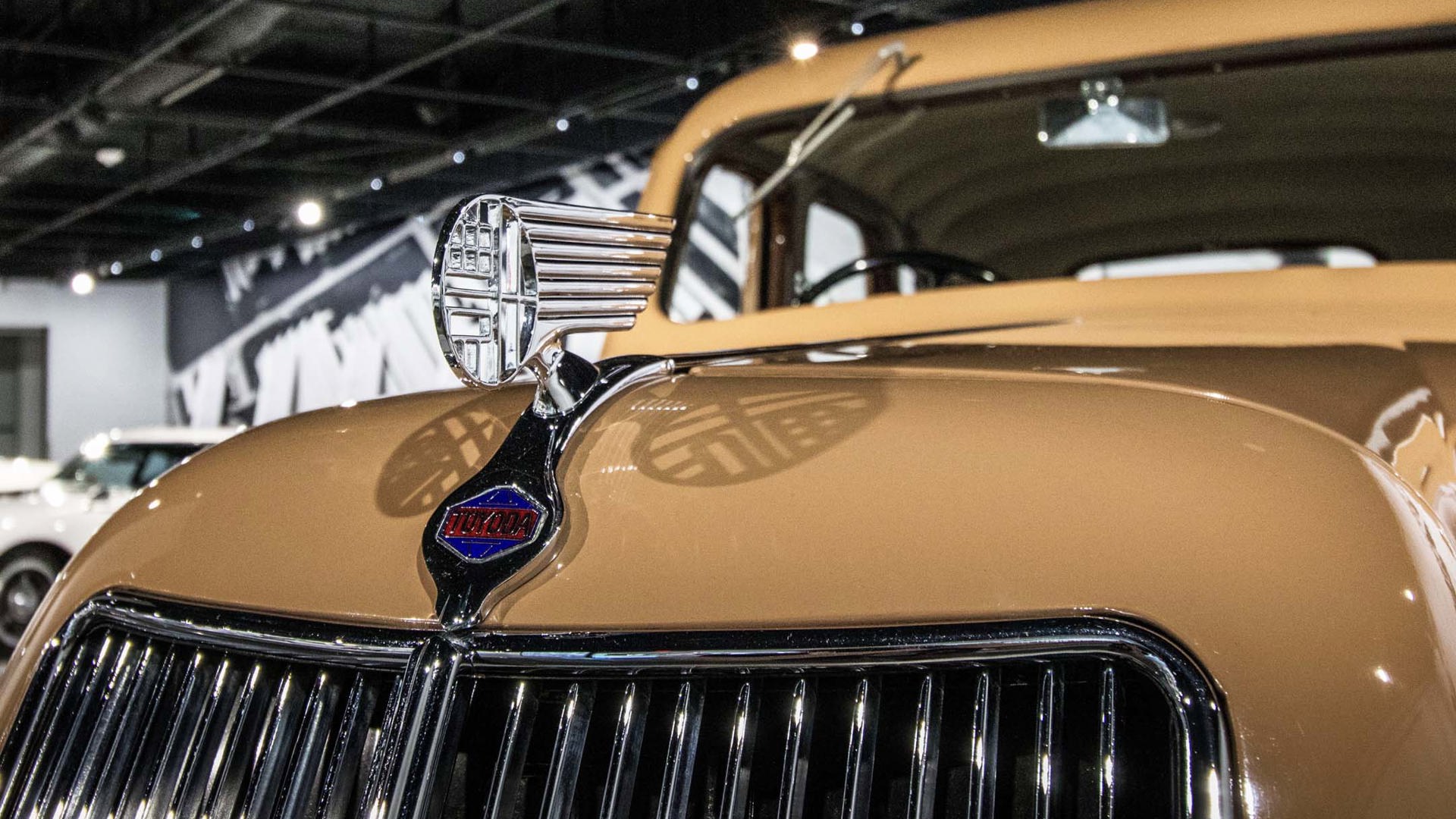
If you look closely, that’s a Toyoda badge, not a Toyota. A replica of the 1936 original, the Toyoda AA was an early product, similar in looks to contemporary Chryslers. Eventually, the Toyoda family name would change to the Toyota company name.
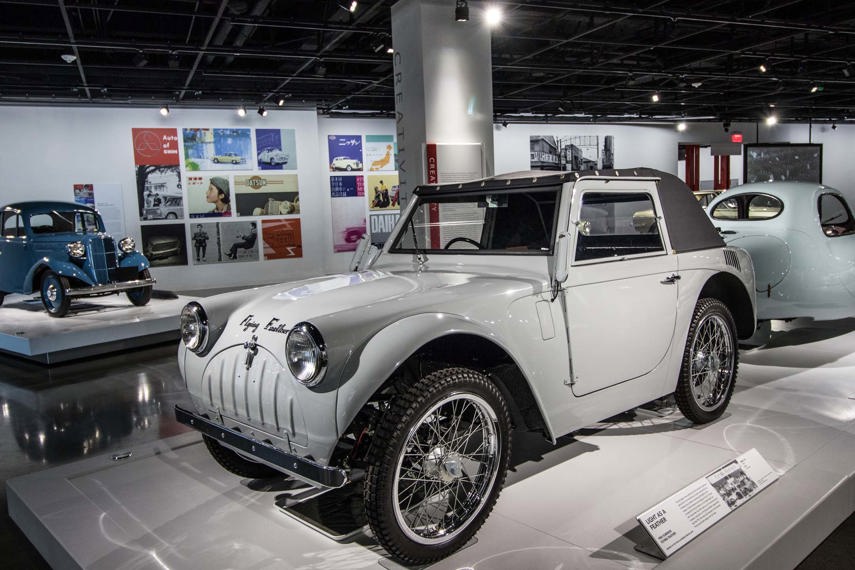
If this featherweight machine looks built of old motorcycle parts, that’s because it is. Made to deal with fuel and materiel shortages during the postwar period, the Suminoe Flying Feather was built with input from Yutaka Katayama, the father of the Datsun 240Z.
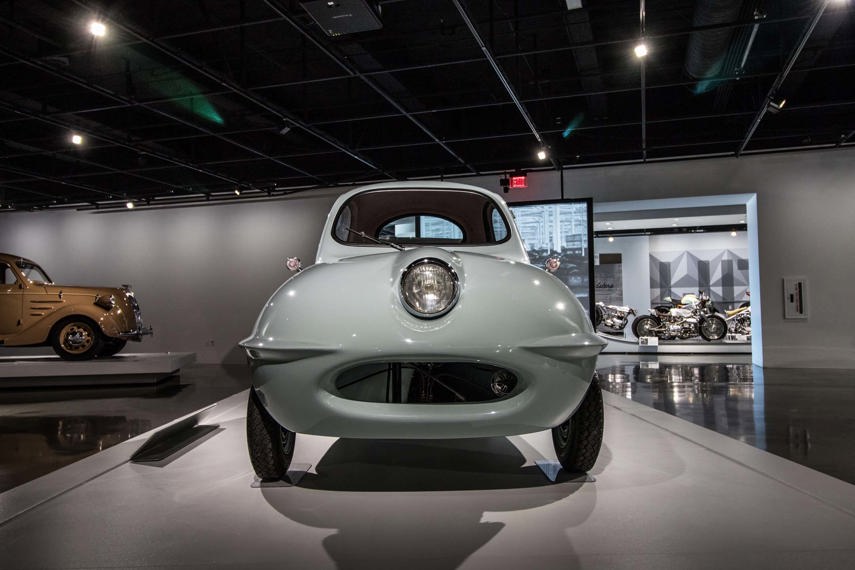
Looking like one of Groot’s Minions from Despicable Me, the adorable little Fuji Cabin is a three-wheeled microcar with a tiny two-stroke engine. Think of it as Japan’s answer to the bubble cars of postwar Germany.
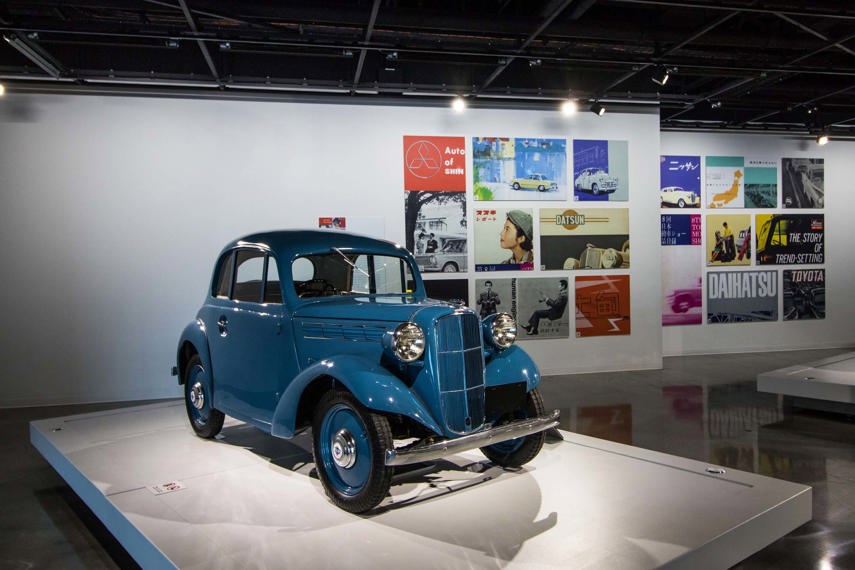
Here’s a car that launched a company, the Son of Dat. The DAT corporation began using mass production to build the Datsun Model 16, which was similar to the British-made Austin 7. It was smaller than cars DAT was already producing, hence Dat-son, and later just Datsun.
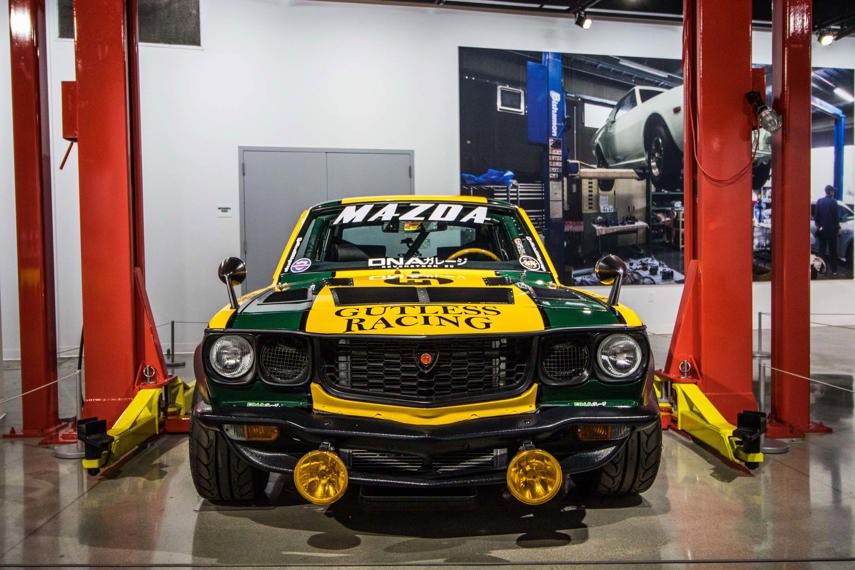
This gloriously hoon-y Mazda RX-3 is tuned up six ways from Sunday, and ready to rip up a racetrack. While the Cosmo launched rotary technology, it was cars like the RX-2, RX-3, and later RX-7 that would come to define Mazda’s rotary-powered motorsports heritage.
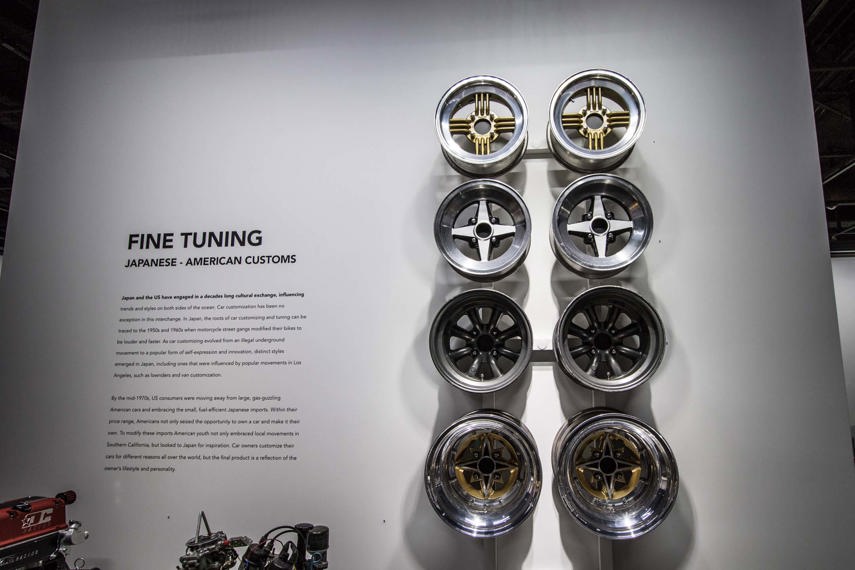
All this styling would be nothing without a sweet set of wheels. These deep-dish rims are period-correct to the 1970s and 1980s, and they started a trend for swapping out rims that continues into modern tuning.
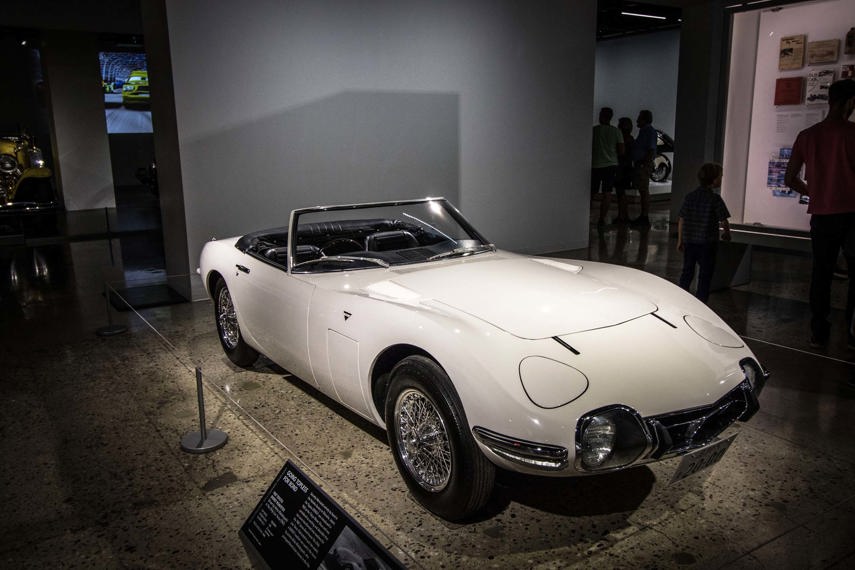
One of two convertibles built for the James Bond movie, You Only Live Twice, this gorgeous Toyota 2000GT is on loan from the president of the Japanese 2000GT owners club.
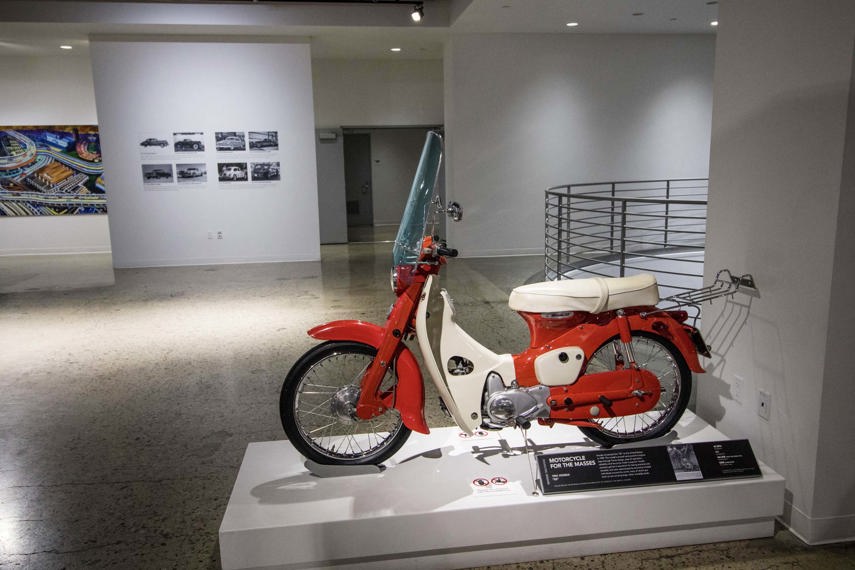
Certainly less fancy than some of the other machines on display, this happy little Honda motorbike is hugely important for the way it put so much of Asia on wheels.
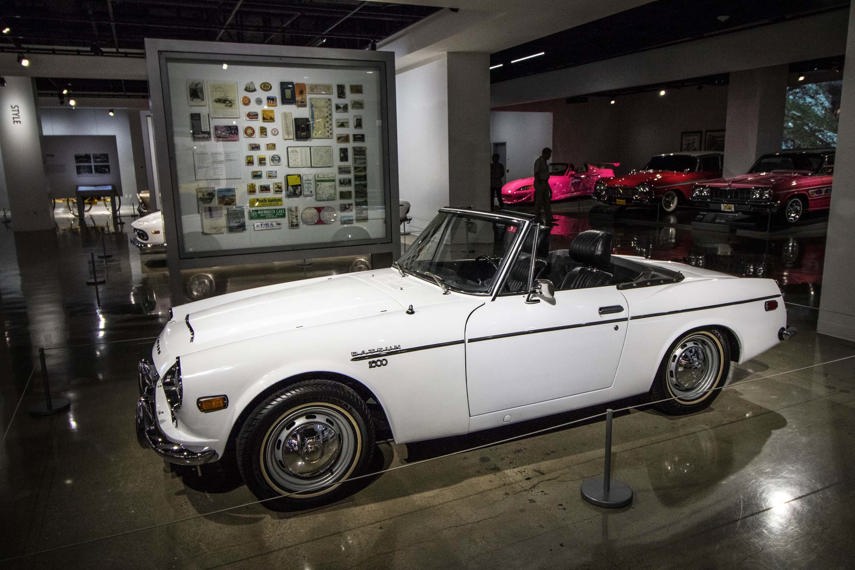
Before the Z there was the Fairlady. This little Datsun roadster was a hit with buyers who wanted a British-style roadster with a little more reliability, and when it got a new 2.0L engine, the likes of Peter Brock started using it to win races in SCCA competition.
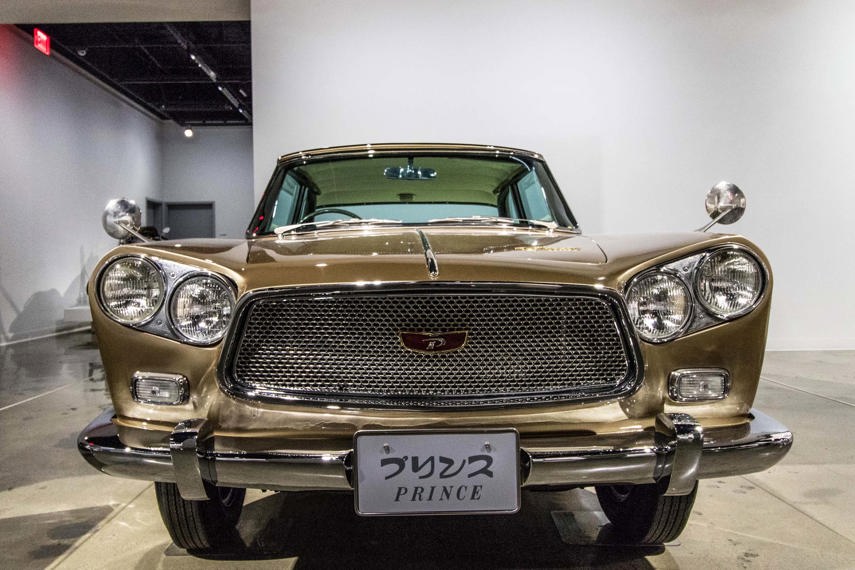
The Prince Skyline is the forerunner to the mighty, modern GT-R. Very rare now, these big cars were responsible for one of Japan’s defining motorsports moments, when a Skyline passed a Porsche 904 GTS at the Japanese Grand Prix. The Porsche recovered and went on to win the race, but in that brief instant, the crowd cheered for the machines their country could build.
